 Abraham Lincoln
If given the truth, the people can be depended upon to meet any national crisis...
Abraham Lincoln
If given the truth, the people can be depended upon to meet any national crisis...
 Guildford news...
for Guildford people, brought to you by Guildford reporters - Guildford's own news service
Guildford news...
for Guildford people, brought to you by Guildford reporters - Guildford's own news service
Birdwatcher’s Diary No.154
Published on: 6 Feb, 2018
Updated on: 6 Feb, 2018
By Malcolm Fincham
Having had two weeks of mostly overcast and dull, grey weather in the southern regions of the UK, it was inspiring for me, at last, to see some blue skies for a spell for the first time in 2018.
This coincided with a few days freedom from my daily work routine around the middle of January that allowed me to go on a few ventures.
Taking advantage of a sunny January 16, I visited Pulborough Brooks RSPB in West Sussex for my first time this year.
I was especially grateful to get a bit of colour back into the photos I was taking.
At the area there known as “Fattengates”, I watched a male and female blackbird as they fed on ivy berries.
Out on the “Brooks” a wealth of waders and wildfowl could be viewed. A large “pantheon of more than 800 black-tailed godwits could be counted.
The best of my day’s sightings was unfortunately too distant for my camera lens. A temminck’s stint that had first been identified wintering there, late last year.
A surprise addition to my day’s sightings were two ruddy shelducks, some distance away, out on the “Brooks”.
The majority of ruddy shelducks in the UK are unlikely to be genuine wild vagrants from their native range. Escapes from captivity are frequent and these account for a number of sightings.
Although some are believed to have flown into the country, these were probably from the feral colony in North-West Europe. Although some people have suggested they may have come from the wild non-feral populations of the Balkans or Asia.
New research has found that ruddy shelducks routinely climb to extraordinary altitudes as they cross the Himalayas during migration. I’m not too sure, myself, that this pair have climbed to such dizzy heights.
Among the other delights as I walked the circular route around the reserve were several separate sightings of bullfinches.
Jays seemed to be more confiding than usual, allowing me some close encounters.
While a kestrel gave the impression that it was following me, making an appearance on the numerous occasions as I made a brief stop to to survey the rustic views.
I got what I felt was my best sighting of it as it perched, preening itself on top of one of the hides.
The most confiding bird that day, however, had to be a robin. I noticed one sitting on a bramble bush as I stopped to chat to a couple of older gentlemen. It sat watching us, just by one of the guy’s shoulders.
Having pointed it out to them, one of the guys calmly turned and dipped his hand into a deep pocket of his overcoat. Pulling out a handful of seed, he held it out in his palm. Almost instantly the robin had settled on it, helping itself to the offering.
The following day, with the addition of good friend Bob, I ventured off to Warnham Nature Reserve near Horsham, West Sussex. The highlight of this particular reserve is a visit to the hide that has been set up, looking out on feeding stations close by.
A variety of natural perches close to the feeders gives a great opportunity for photographers to take pictures of an assortment of birds that come to visit. These included:
Blue tits.
Great tits.
And even an occasional marsh tit.
A small flock of goldfinches were never far from the feeders.
While a lone lesser redpoll often made an appearance.
And even a nuthatch made came close to view.
The only species that managed to eluded my attempts of getting a picture of it in a more natural pose that day was a siskin.
Other interesting sights near to the hide were a grey wagtail.
And a grey heron in a marshy area at the edge of the large millpond on the reserve.
Returning home, we decided to make a small detour through Dorking. Significant flocks of hawfinches continued to be reported around Surrey
Recent reports of hawfinch sightings had been seen near the church at Capel.
A respectful walk around the churchyard proved unsuccessful at first, though I was able to get a few shots of a nuthatch as it perched at the top of a yew tree calling in sunlight.
It was Bob that first drew my attention to some trees that lined the cemetery walls. He had picked out a hawfinch perched in the shadow on one of the branches. It was briefly joined by a second one, allowing me just enough time for a few photos before they took flight.
Unfortunately, the weather wasn’t so inviting on a prearranged trip to Farlington Marshes on January 20 with Bob and Dougal.
On the way we dropped into the coastal village of Warblington, but thwarted in our attempt to see a cattle egret that had been reported in the area.
Eventually having to settle for eight or so little egrets circling the herd of cows where the cattle egret should have been.
And also viewed what are also collectively known as a “herd” of 30 or so curlews, probing in the fields nearby.
Despite the inclement weather that day, I was able to get some better photos of the bearded tits than I did on my previous visit a few weeks earlier.
Catching views of both male and females as they actively fed low in the reeds on the main lagoon.
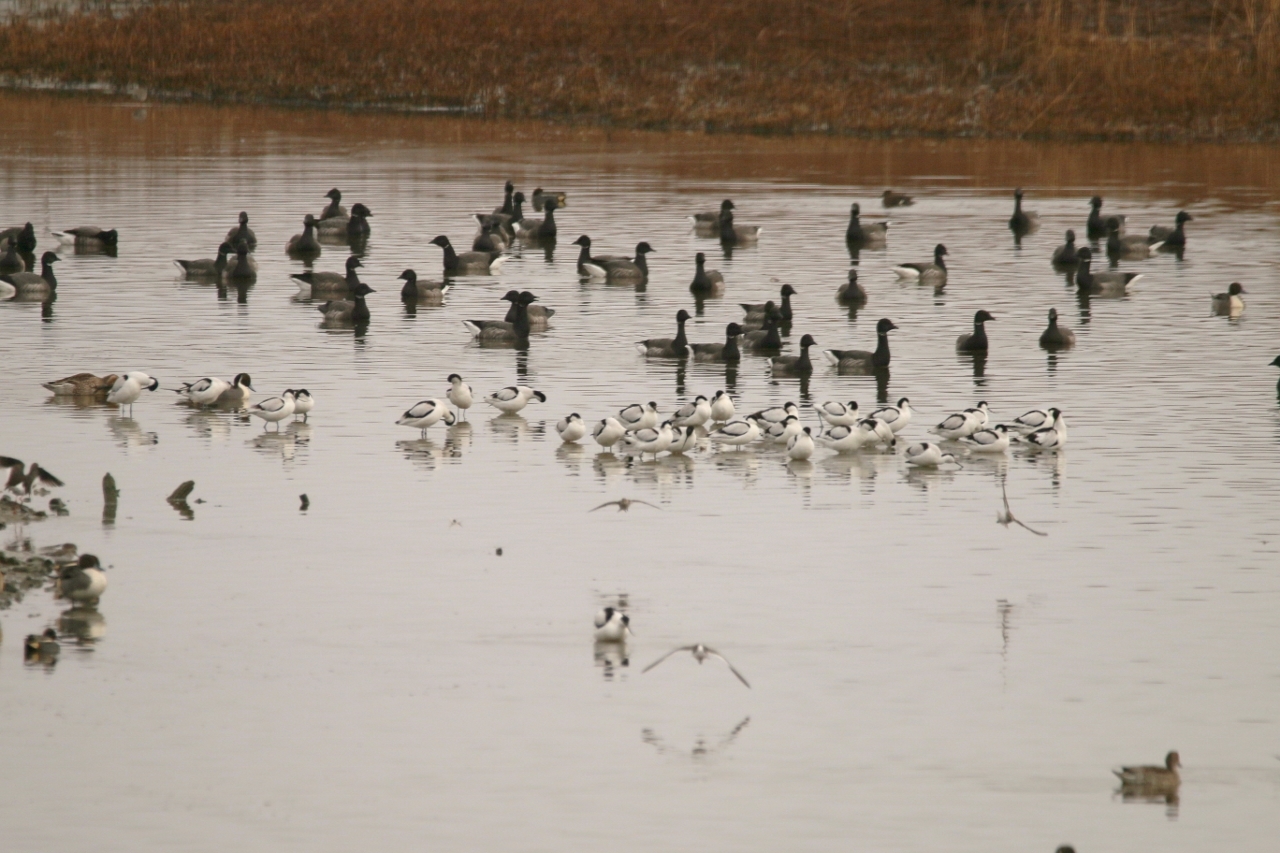 On the lagoon a group of avocets could be seen gathered together.
On the lagoon a group of avocets could be seen gathered together.
I also picked out my first sighting this year of what were two greenshanks at the far end of the lagoon.
Out in the harbour the tide was rising, pushing waders on to the few remaining islands.
Among them both ringed and grey plovers as well as dunlins could be easily viewed.
Brent geese could be witnessed in groups in and around the reserve, often flying overhead in random directions.
On a section known as “the deeps” a group of them had rested on the water.
While small groups of wigeons, shovellers and teals rested by its grassy banks.
A group of oystercatchers also flew in overhead from the sea.
Further out to sea we managed to pick out a drake as well as two female goldeneyes.
As we came to the last leg of our walk around the reserve, cold, light drizzle began to turn to rain.
There was still time for one last shot with my camera before putting it away. However, keen-eyed Bob pointed out a short-eared owl, as it rose briefly over the reed beds a little way off, giving me just enough time to snatch a shot before it disappeared from sight.
On the Riverside Nature Reserve, near Guildford a few days later, in much brighter conditions I managed to photograph a few redwings as they fed on ivy berries along with a song thrush close to Stoke Lock.
Common buzzards also remained prominent in my sightings in the more rural areas around Guildford.
As we neared the end of the month, reports came through that the North American horned lark had made a reappearance at Staines Reservoir.
Having such vast areas to make its home on the many reservoirs in and around the London Basin, it had not been reported since soon after my previous distant view of it there in December. Still keen to get a photograph and add it to my list of this year’s sightings, we made time for a visit on January 28.
There are as many as 42 different sub-species of this bird that resides in the USA to add to our European version, commonly known here as a shore lark. This particular one is, I believe, thought to the hoyt’s. A sub-species that breeds in northern Canada.
I got good views and photos as it spent much of its time feeding, occasionally flipping across from the north to the south basins of the causeway that splits the reservoirs.
What a confiding critter to complete the month with.

See Dragon story: GBC’s Explanation of Major Land Sale Notice Error ‘Borders on Arrogant’ Says Councillor







Recent Articles
- Woking Wipeout for Conservative Councillors
- City and Manager ‘Part Company’ After Slide in Results
- PCC Election Result – Conservative Lisa Townsend Retains Commissioner Role
- Letter: It’s a Sad State of Affairs
- Times Rankings Showing GBC To Be Worst Council in Surrey Dismissed by Lib Dems
- Birdwatcher’s Diary No.303
- Letter: What a Scoop!
- Filmfest – a Festival of German Films
- Letter: Help Abroad Should Not Be to the Detriment of Those Here
- Armed Police Deployed After Fight at Ash Vale Pub – Four Arrested


Search in Site
Media Gallery
Dragon Interview: Local Artist Leaves Her Mark At One of England’s Most Historic Buildings
January 21, 2023 / No Comment / Read MoreDragon Interview: Lib Dem Planning Chair: ‘Current Policy Doesn’t Work for Local People’
January 19, 2023 / No Comment / Read MoreA3 Tunnel in Guildford ‘Necessary’ for New Homes, Says Guildford’s MP
January 10, 2023 / No Comment / Read More‘Madness’ for London Road Scheme to Go Ahead Against ‘Huge Opposition’, Says SCC Leader
January 6, 2023 / No Comment / Read MoreCouncillor’s Son Starts Campaign for More Consultation on North Street Plan
December 30, 2022 / No Comment / Read MoreCounty Council Climbs Down Over London Road Works – Further ‘Engagement’ Period Announced
December 14, 2022 / No Comment / Read MoreDragon Interview: GBC Reaction to the Government’s Expected Decision to Relax Housing Targets
December 7, 2022 / No Comment / Read MoreHow Can Our Town Centre Businesses Recover? Watch the Shop Front Debate
May 18, 2020 / No Comment / Read More



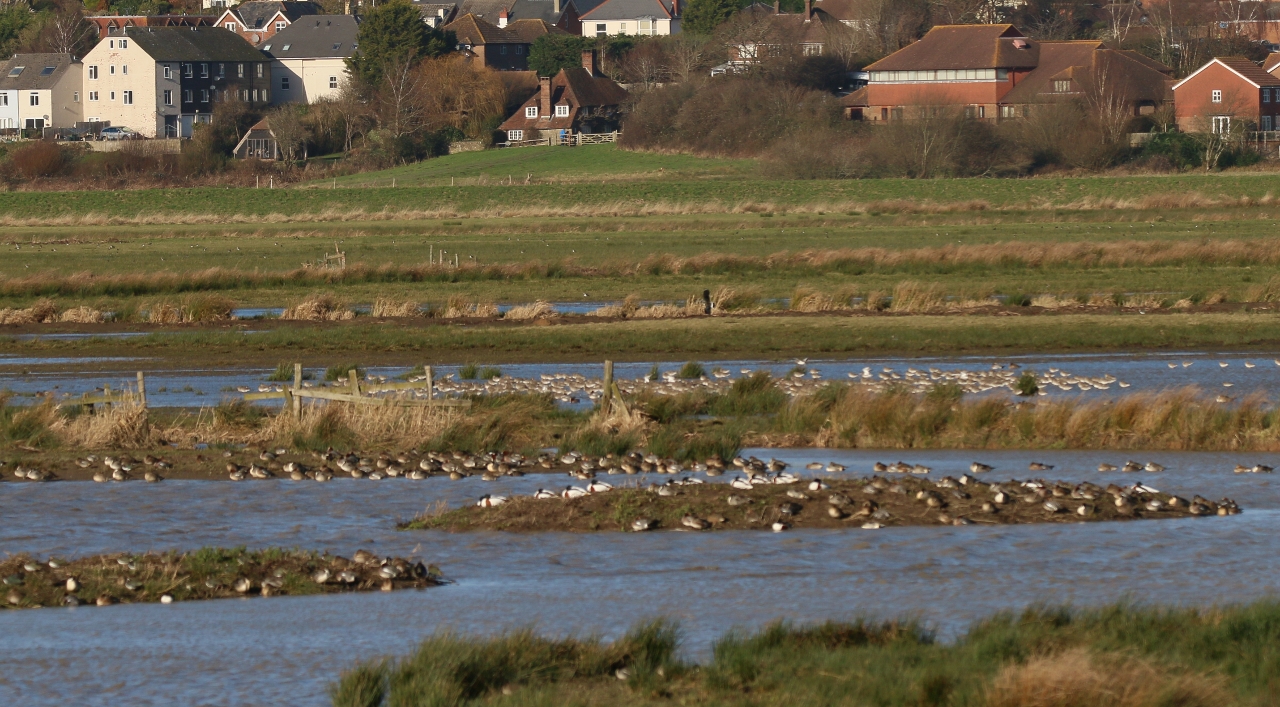

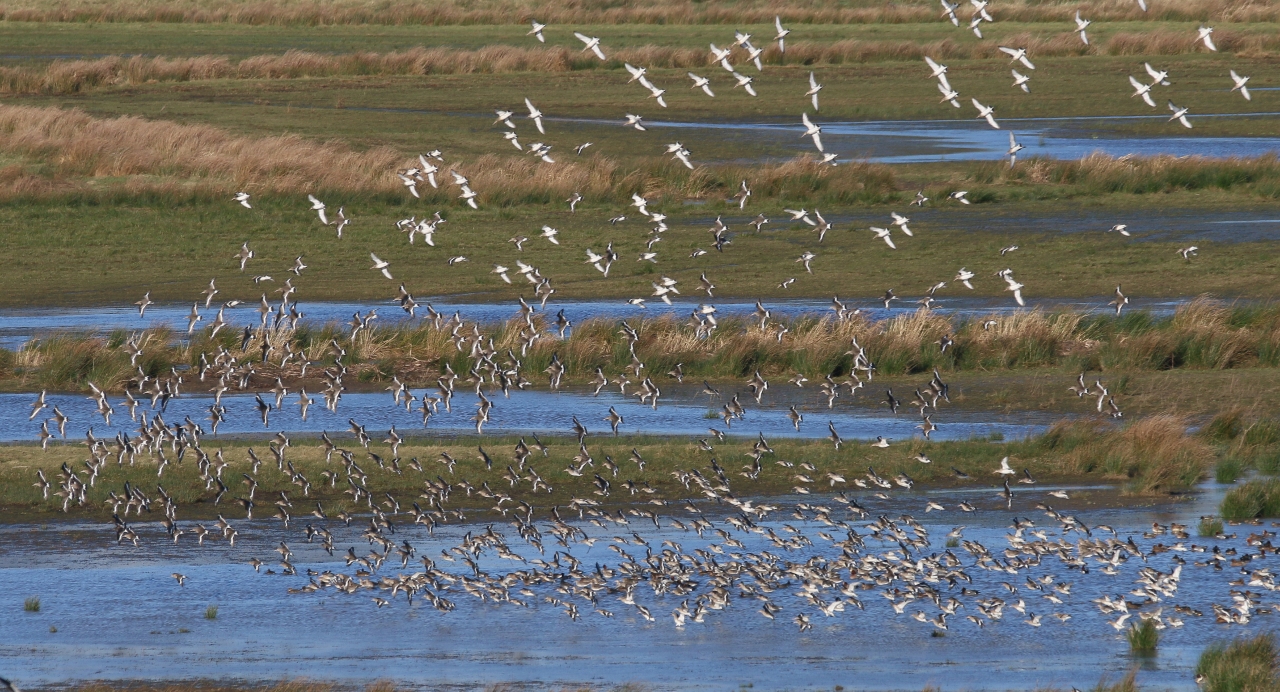
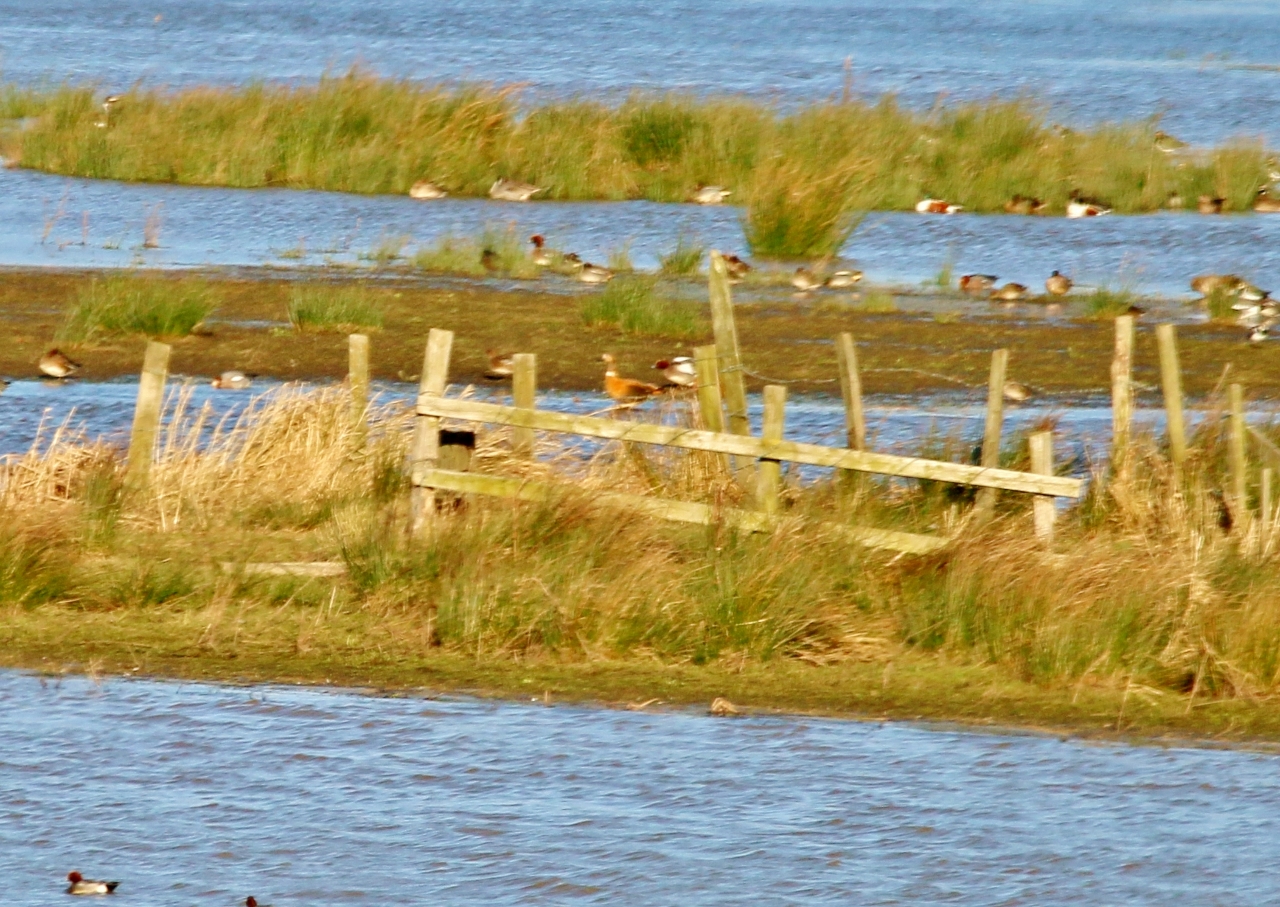
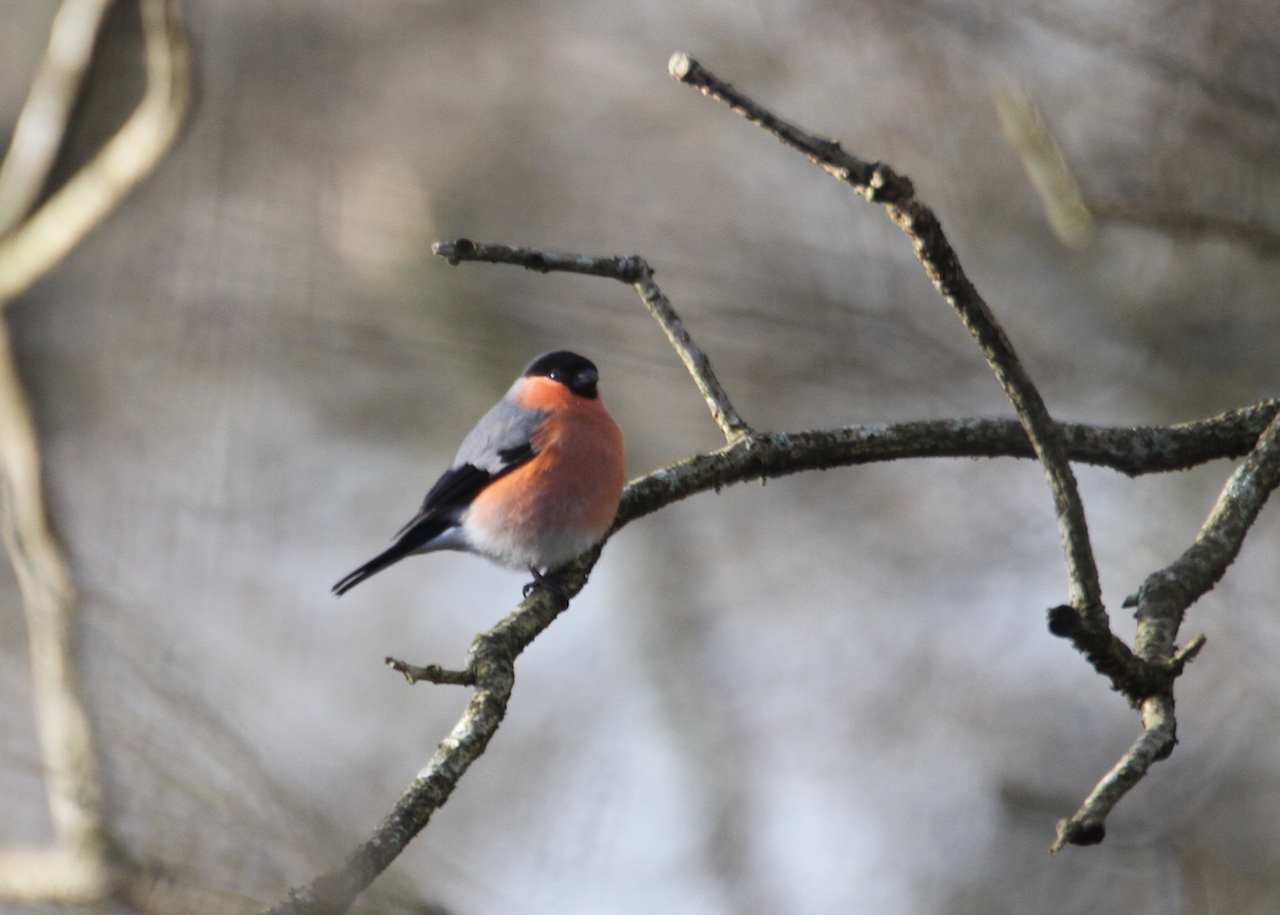

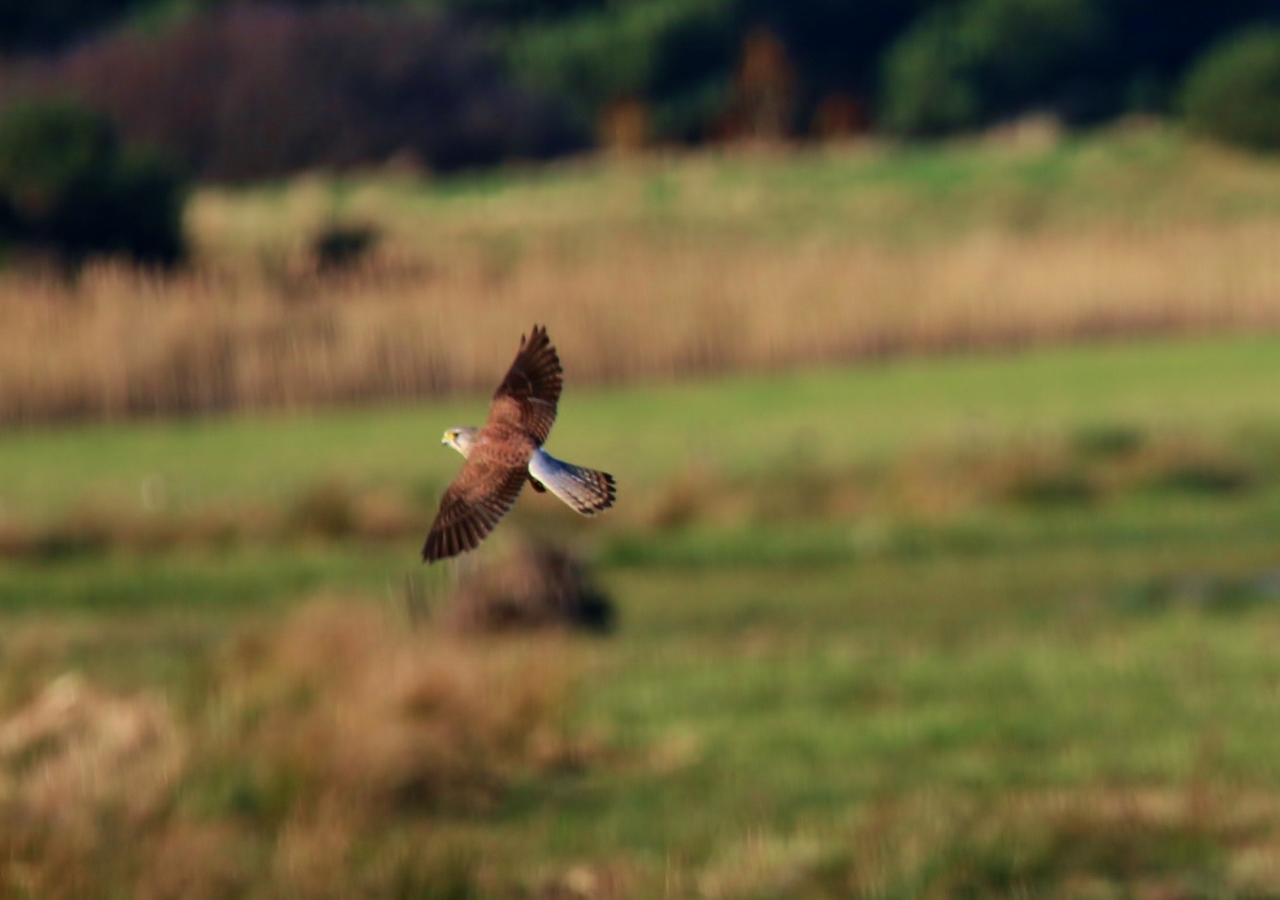
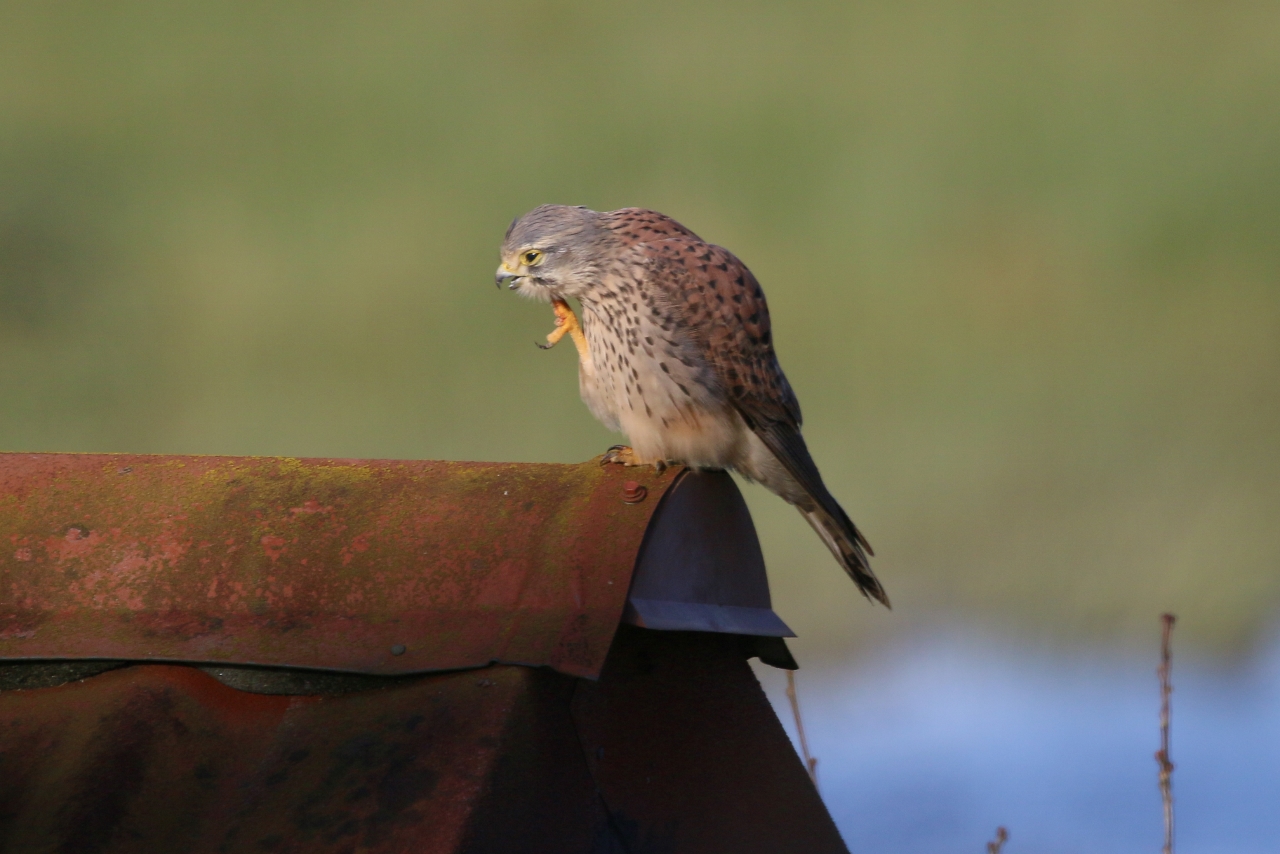
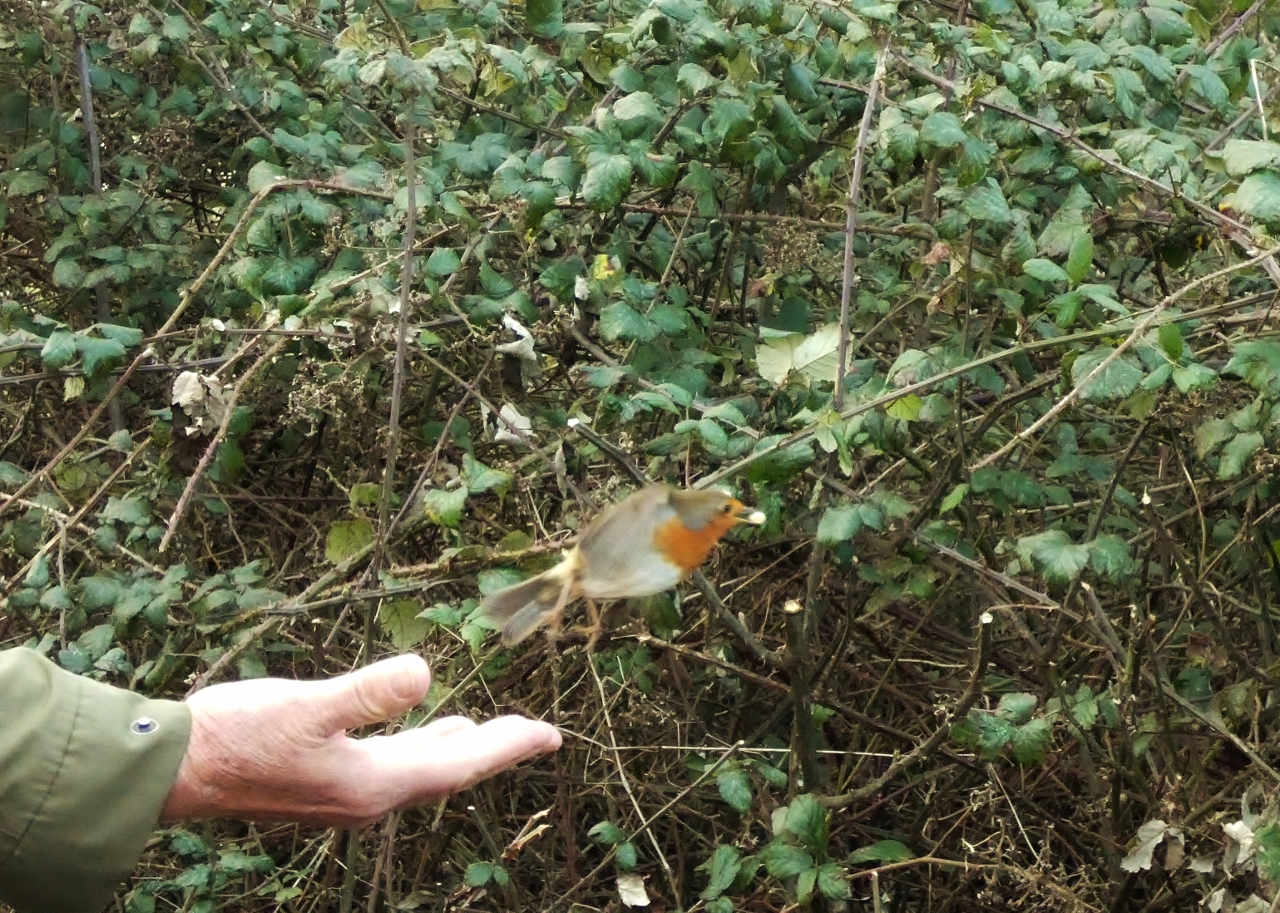
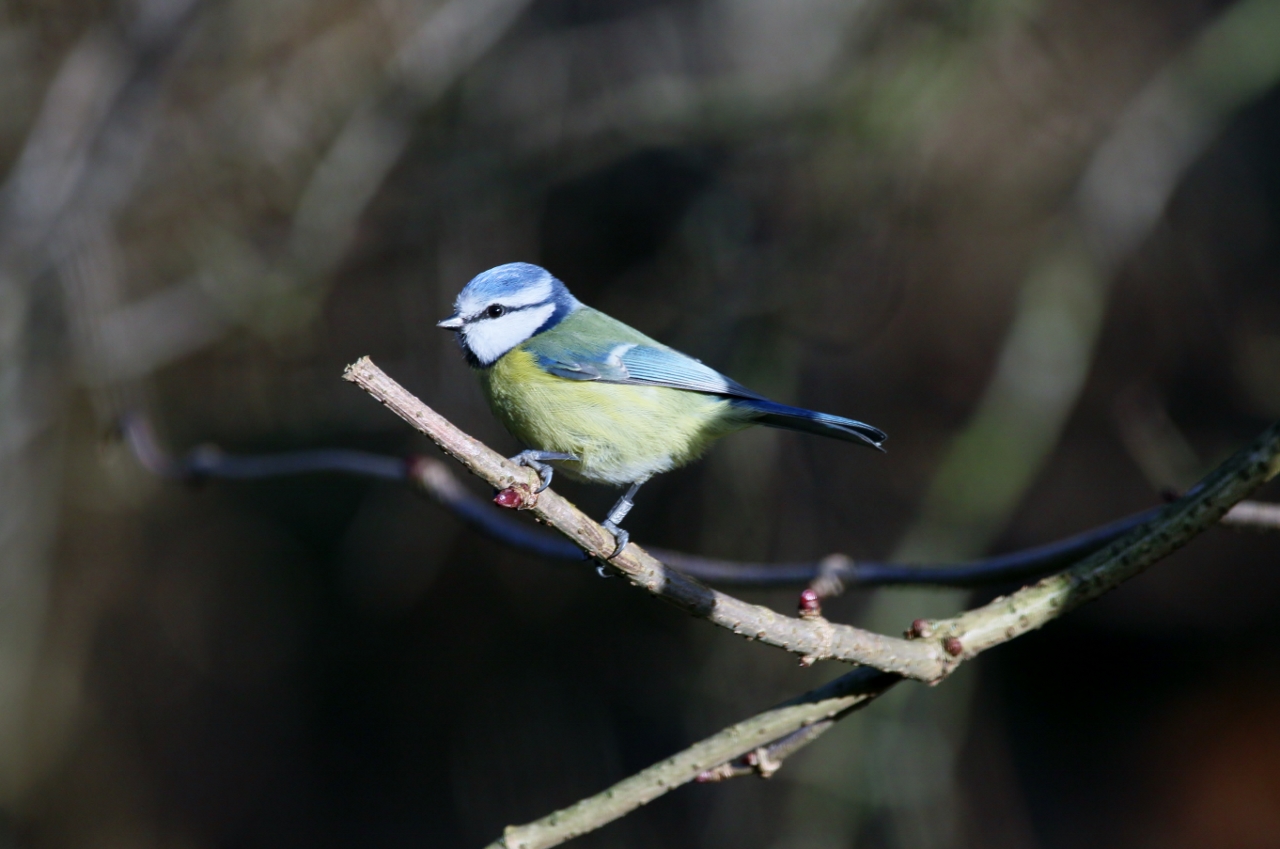
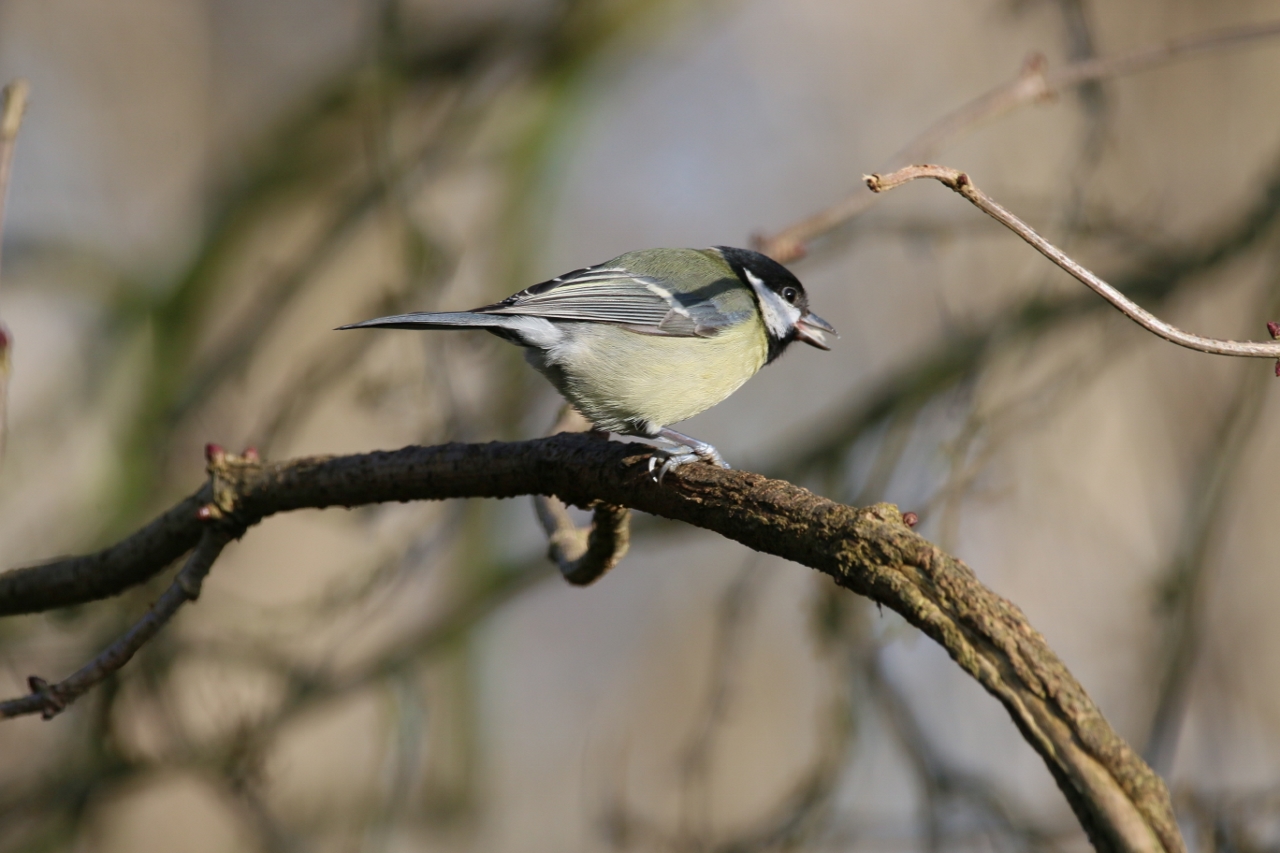
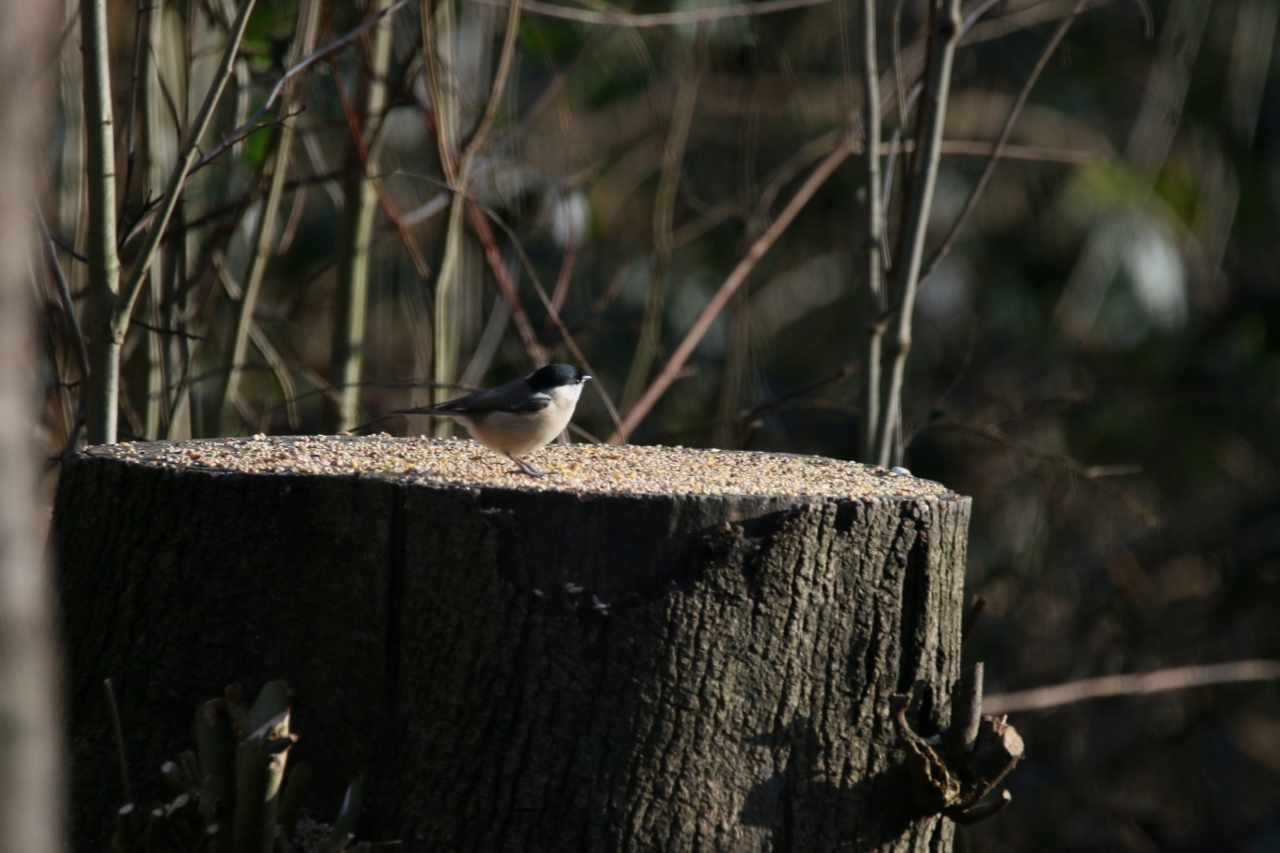
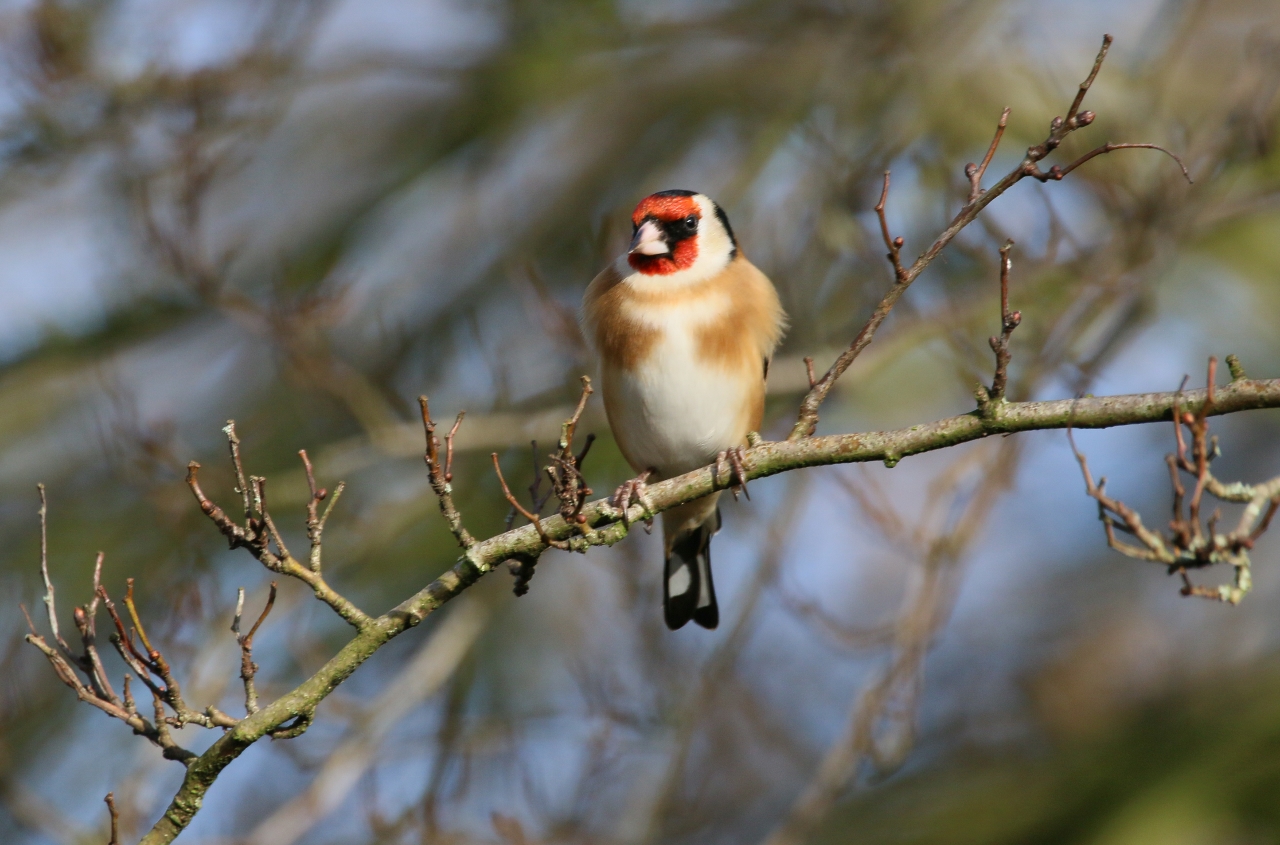
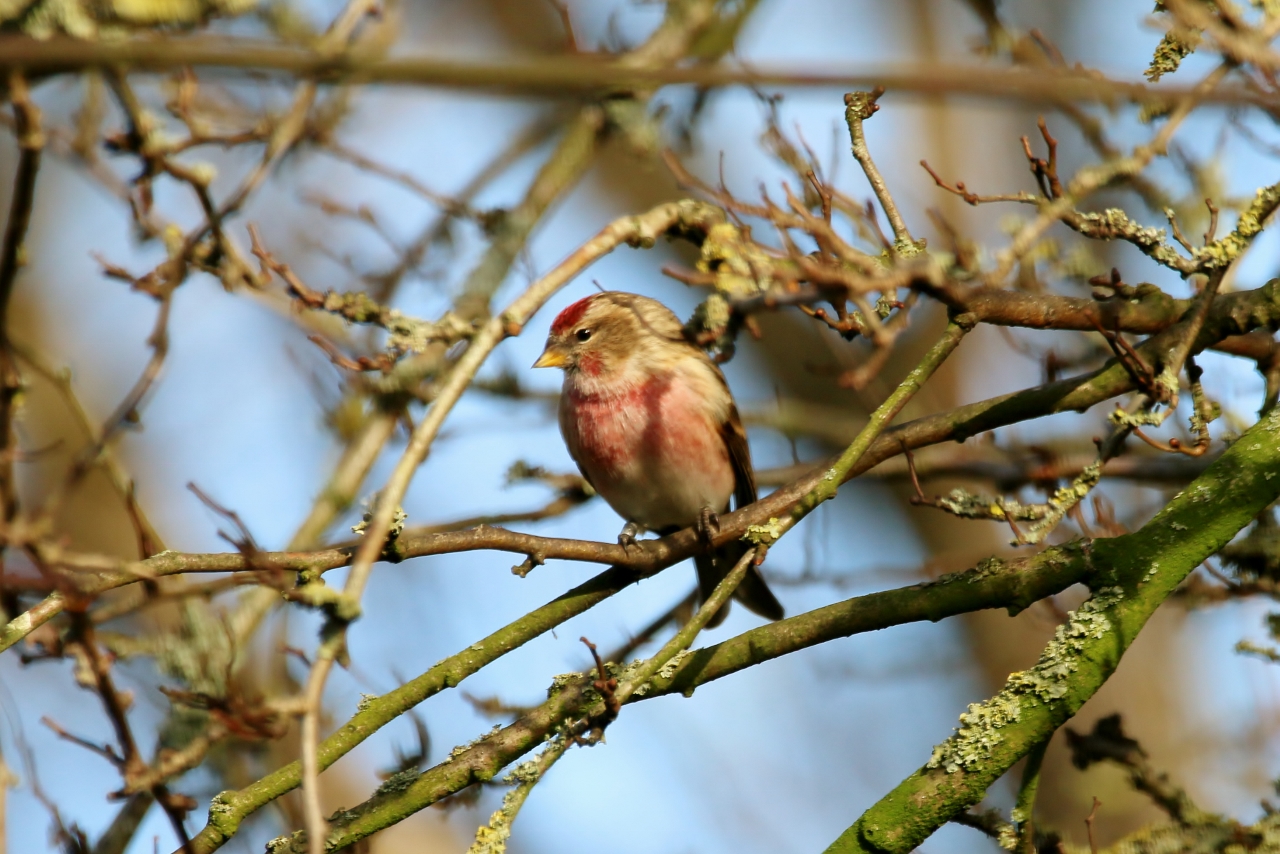
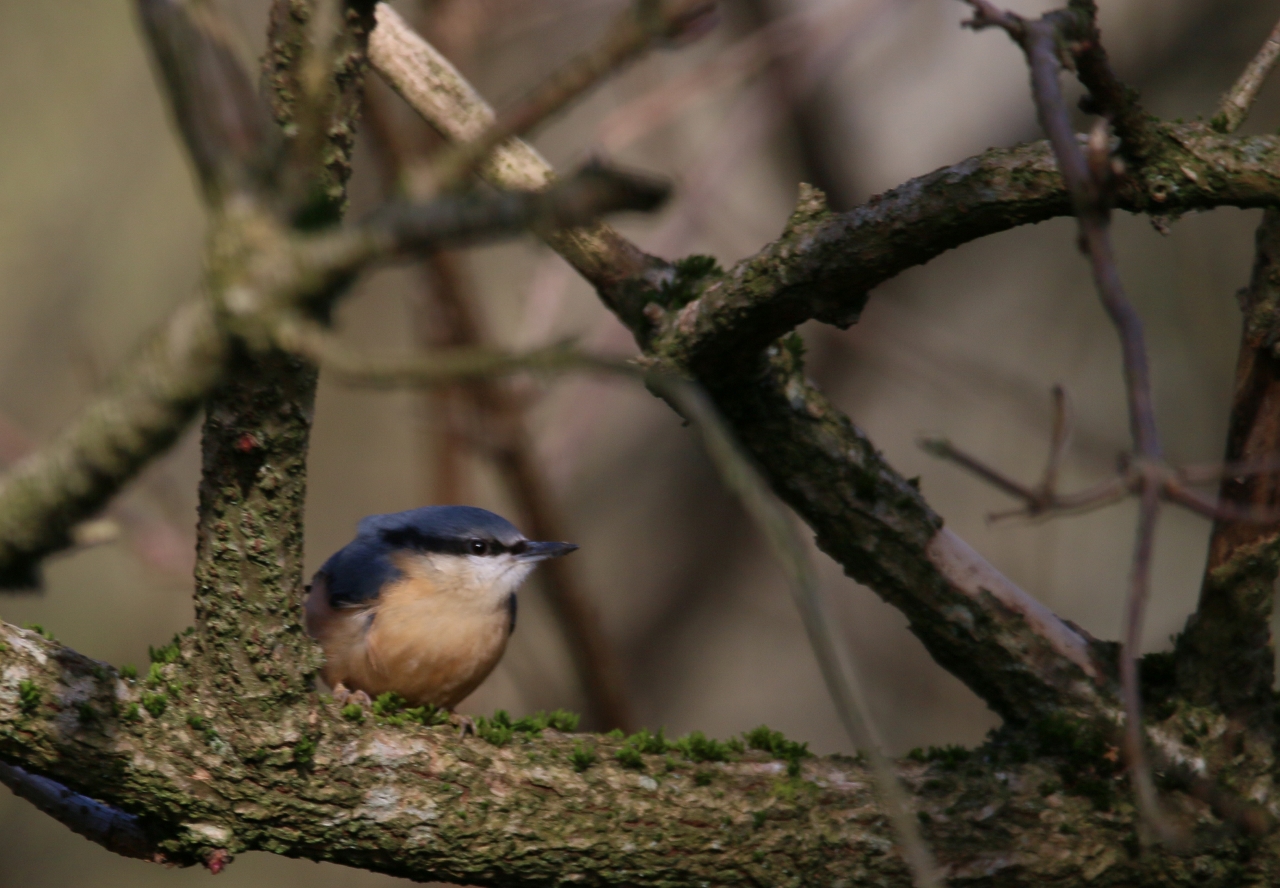
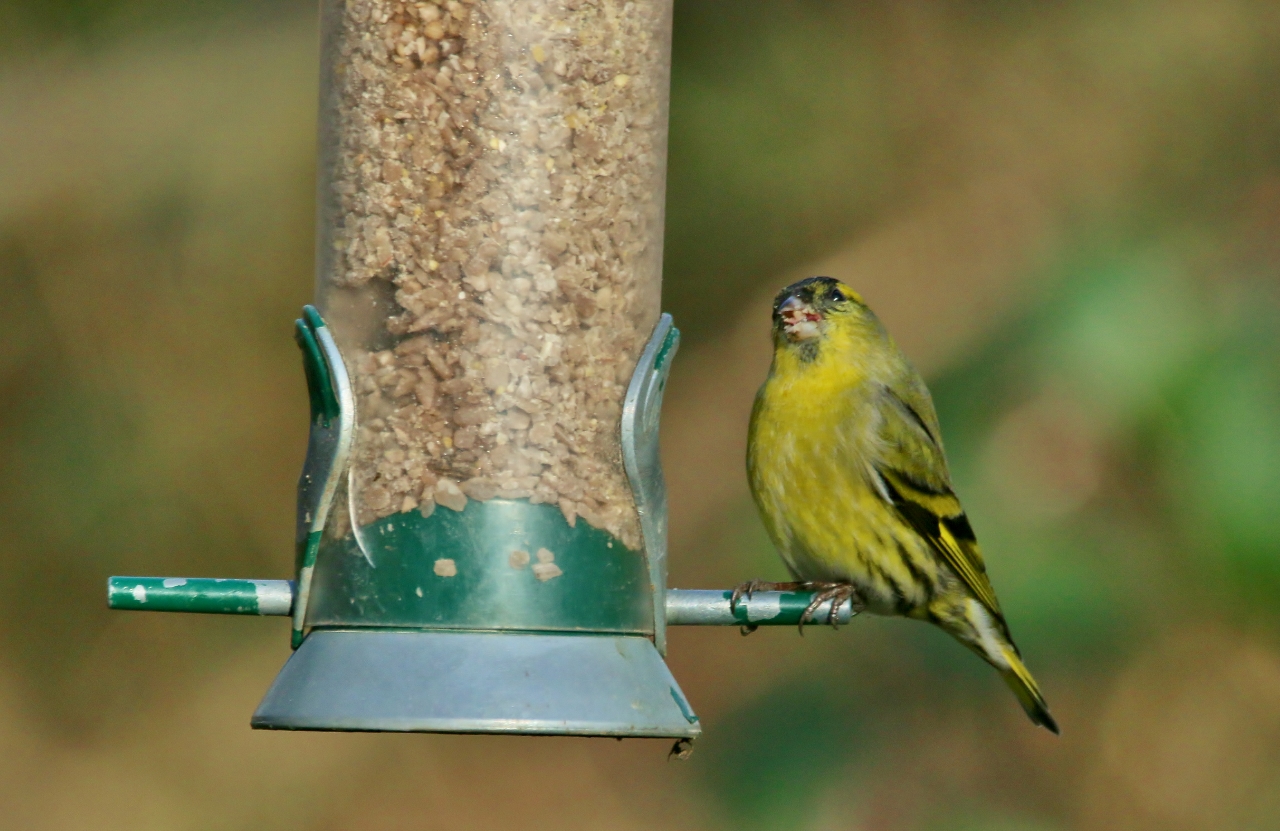
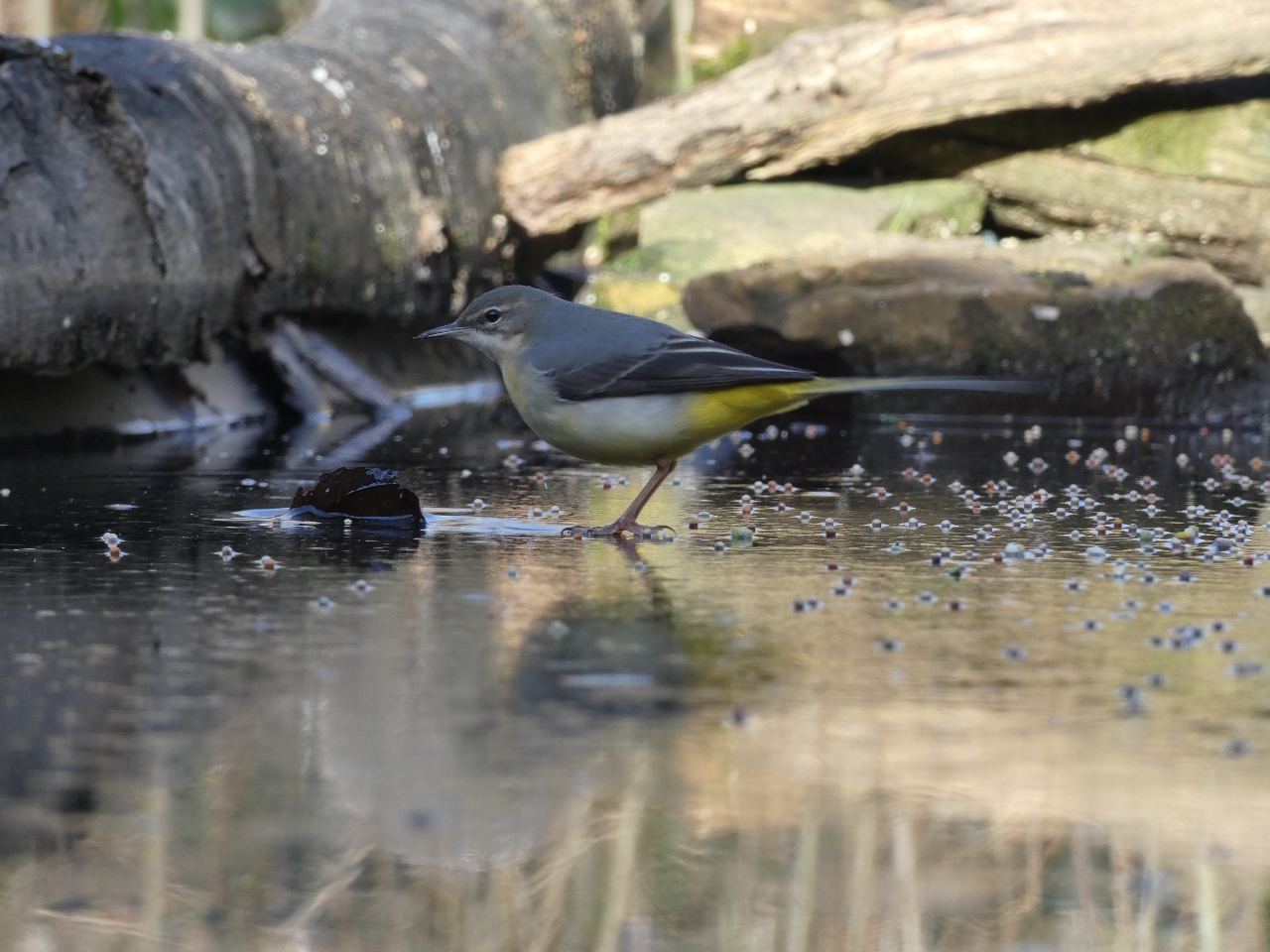
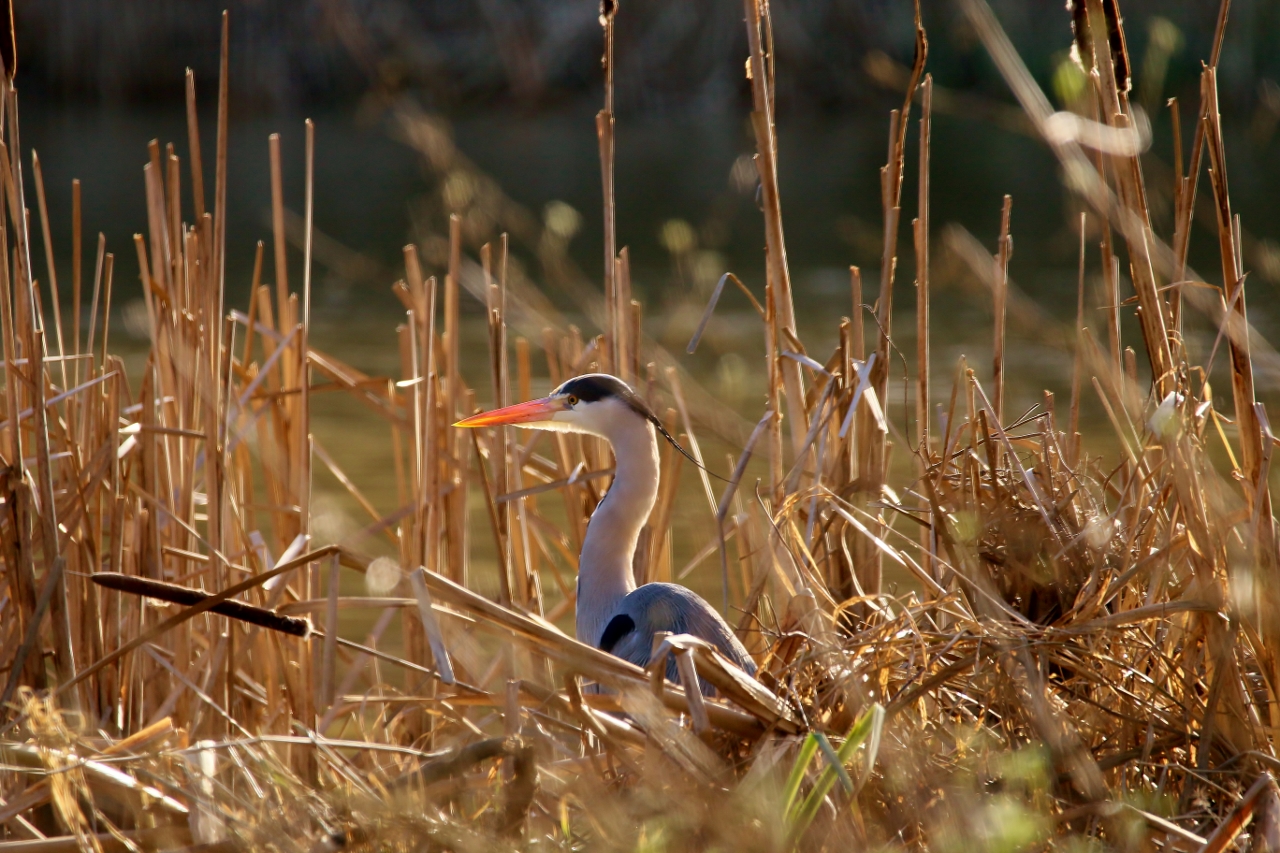
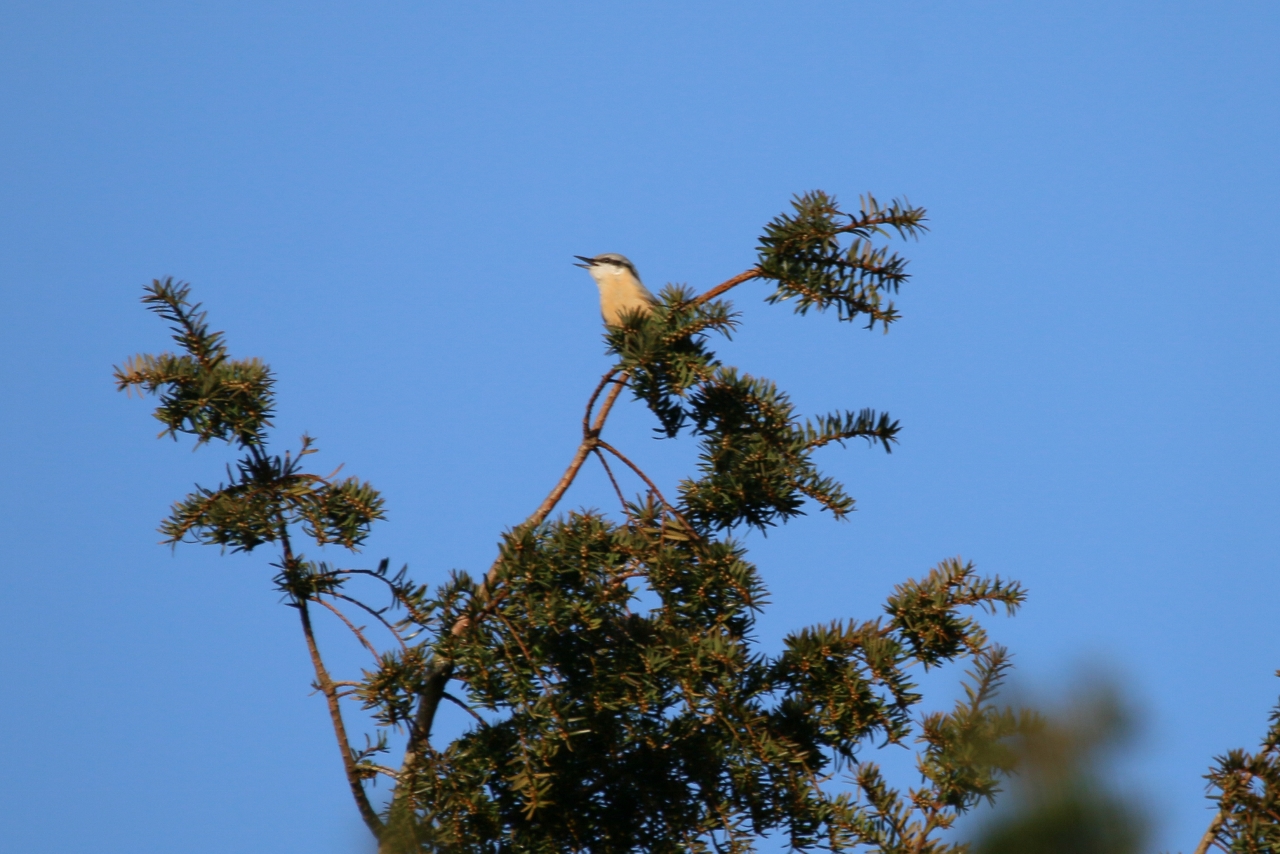
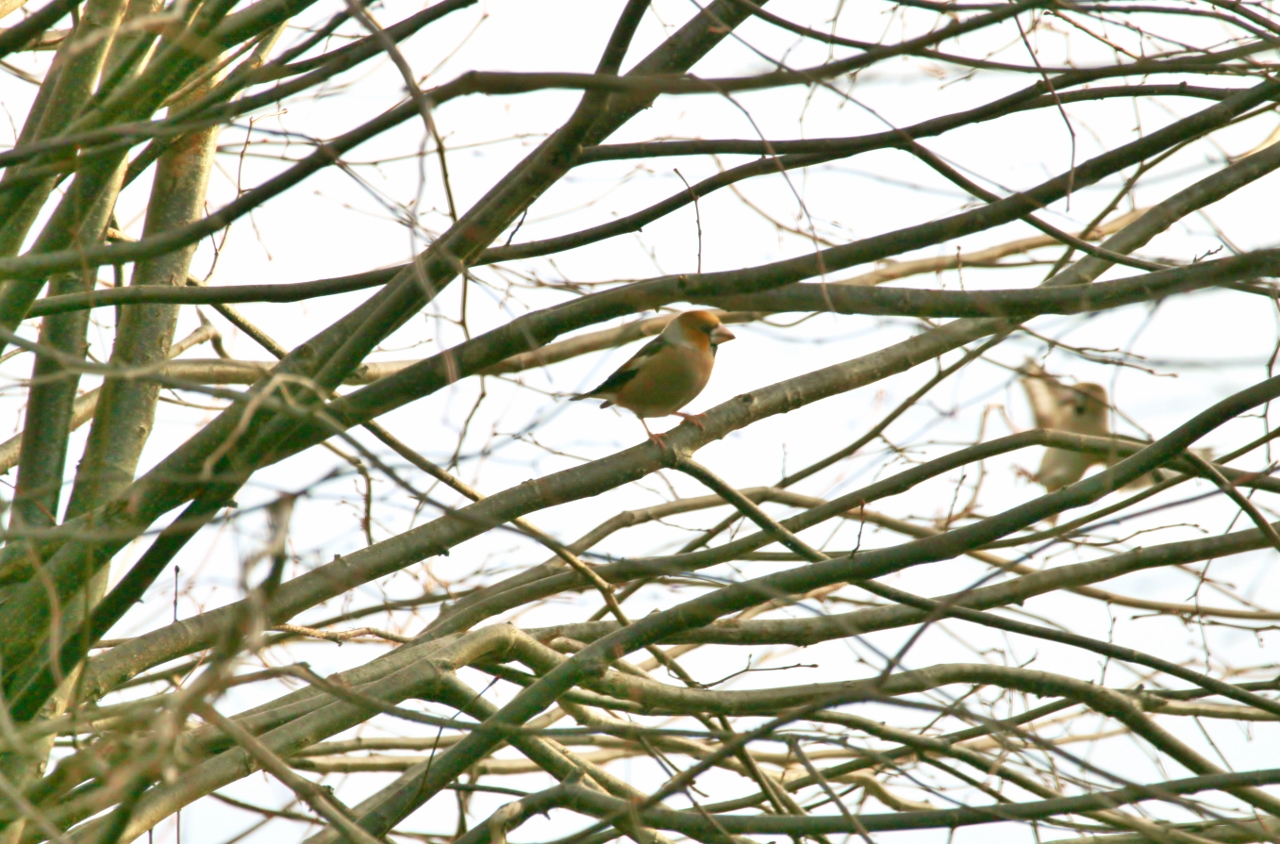
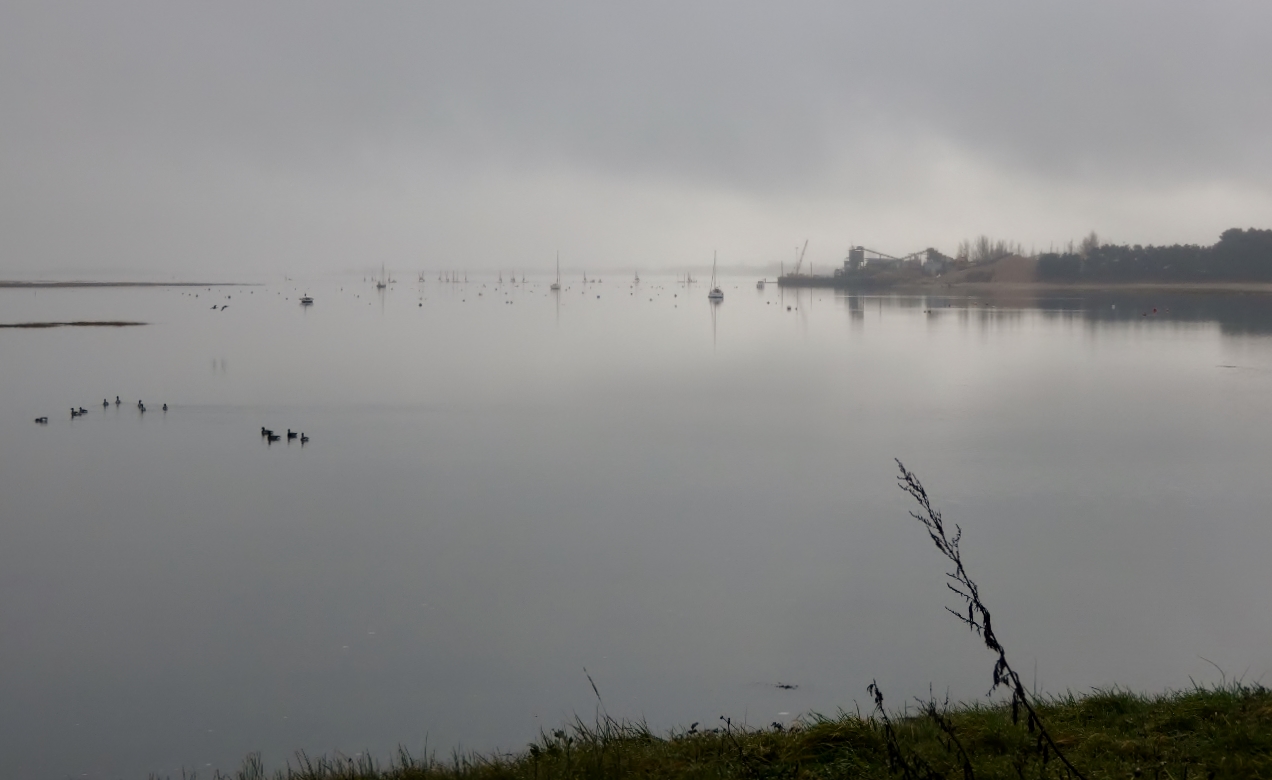
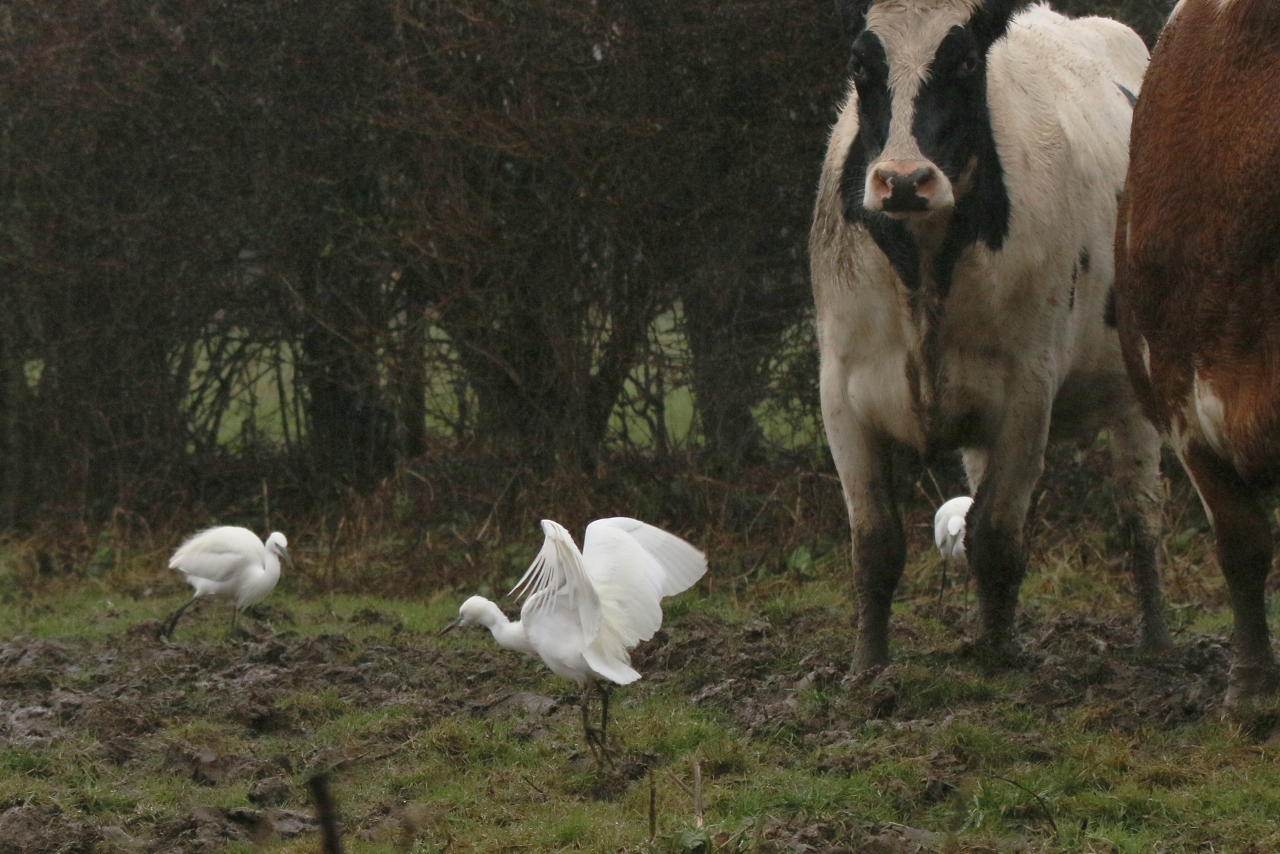
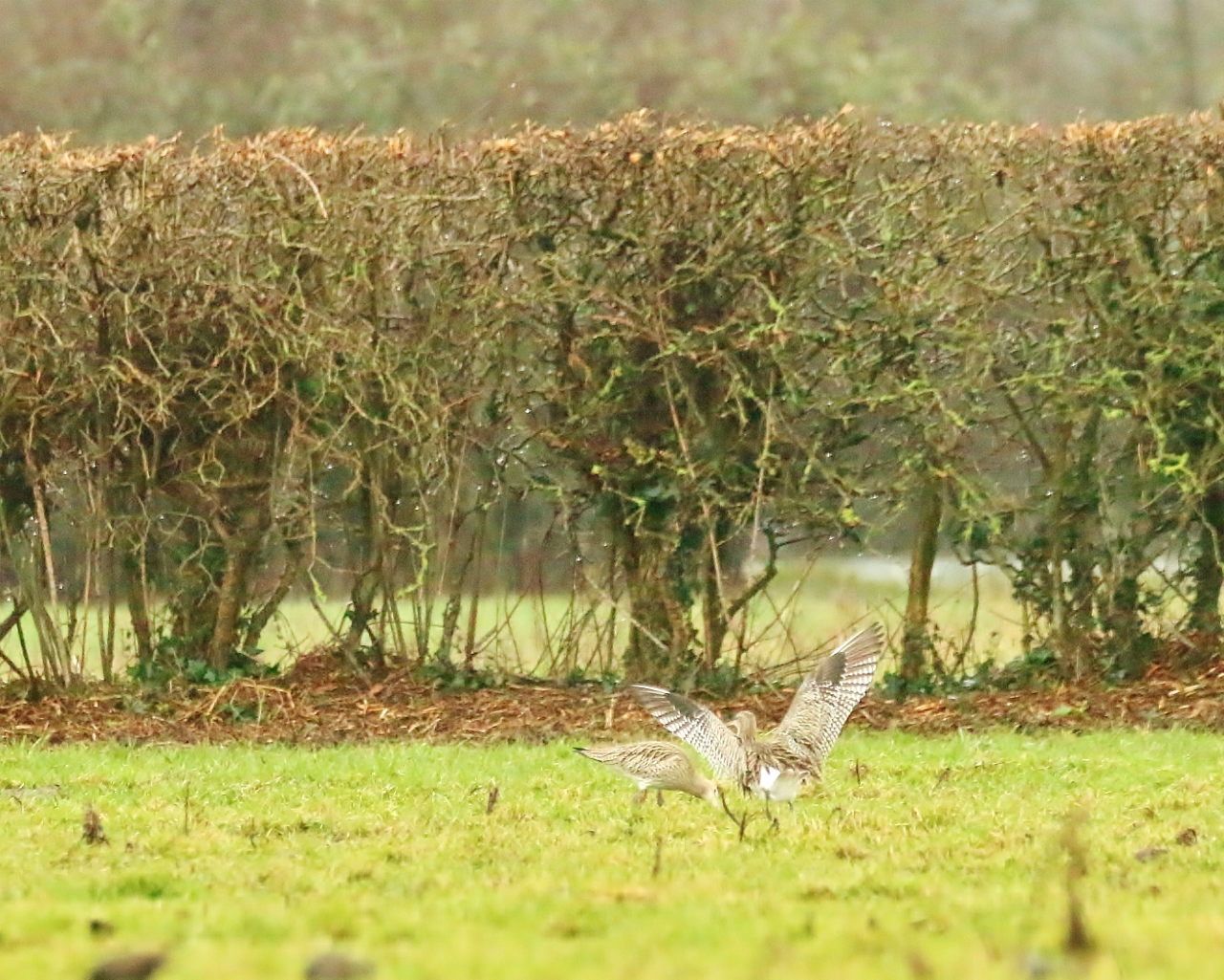


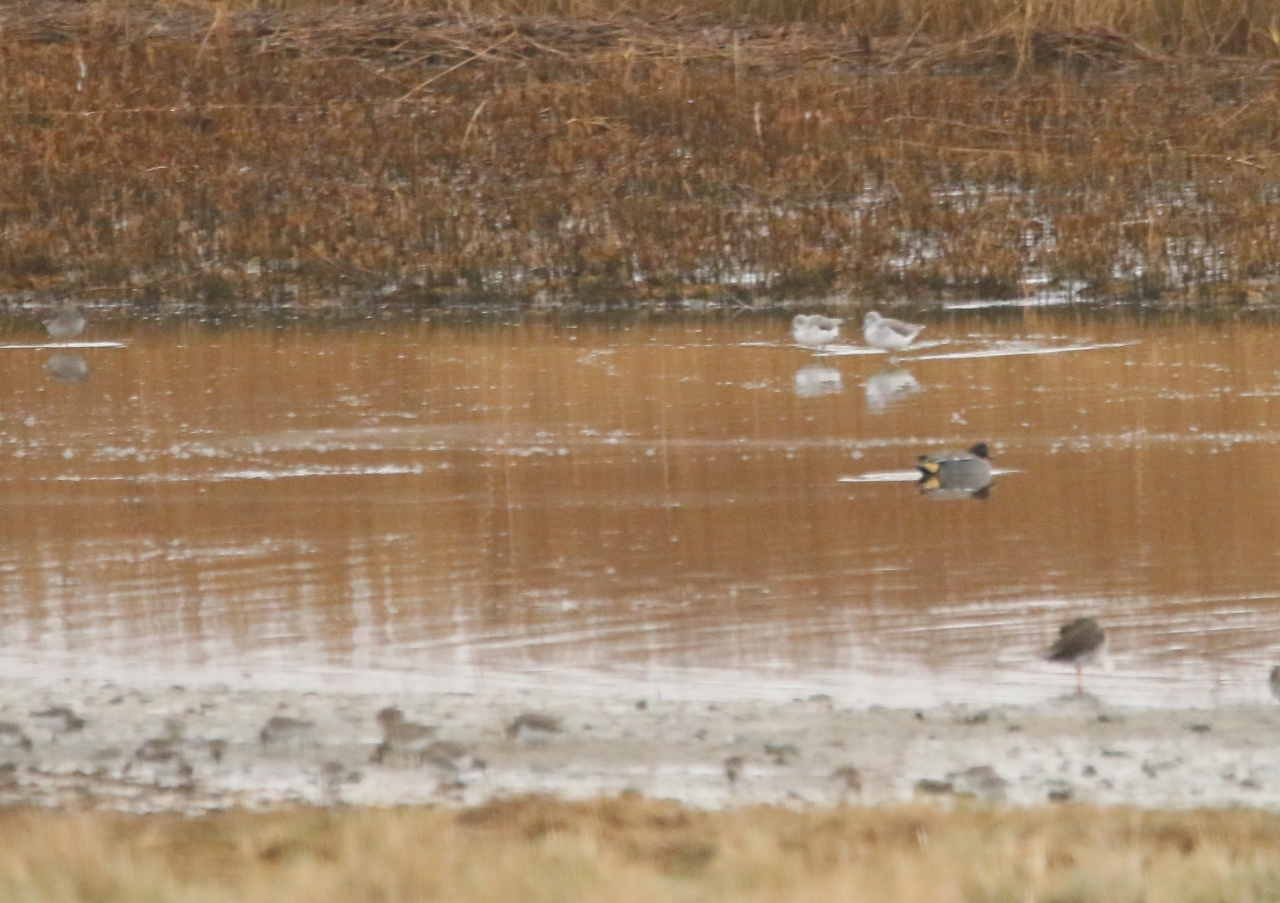
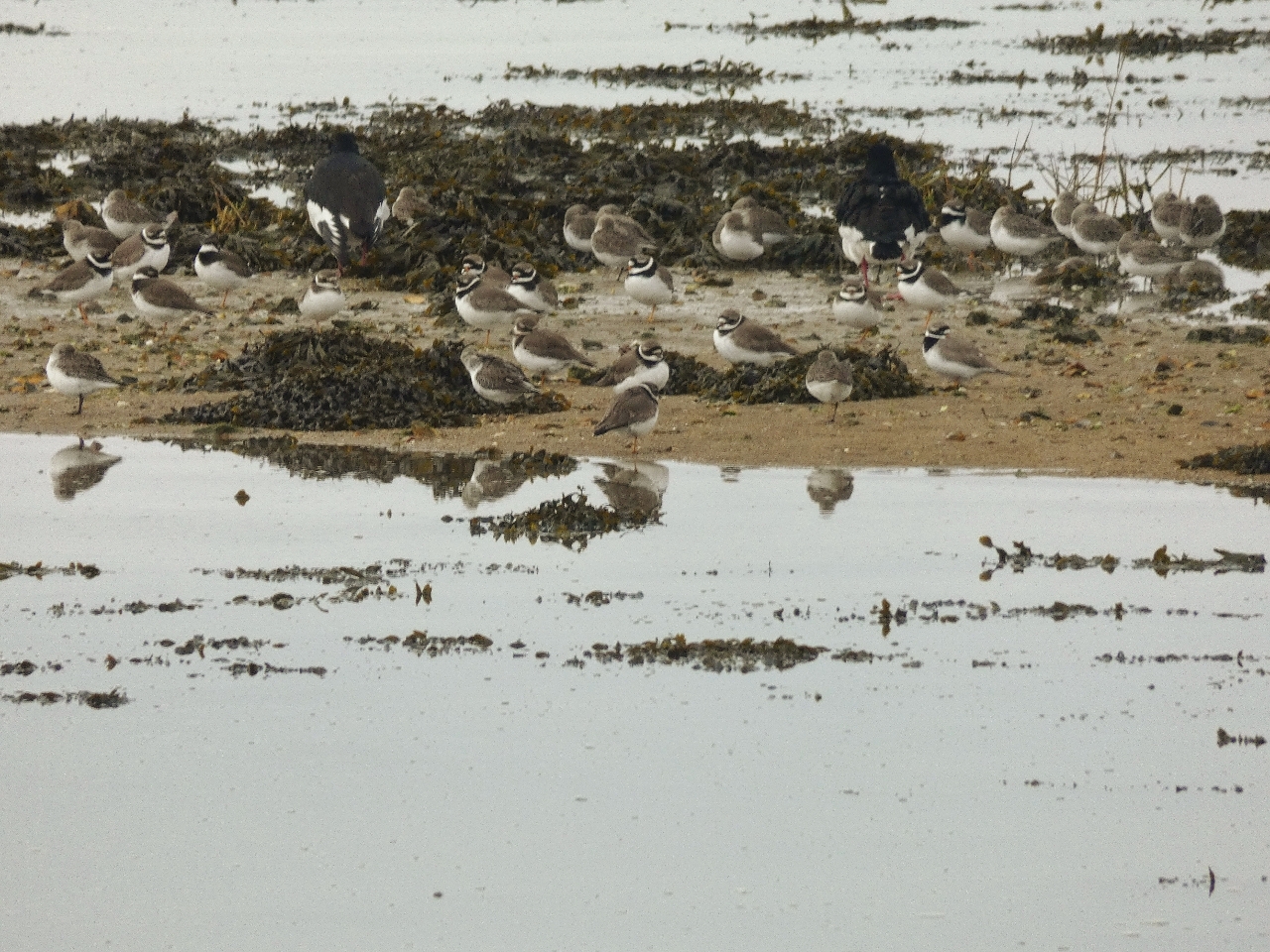

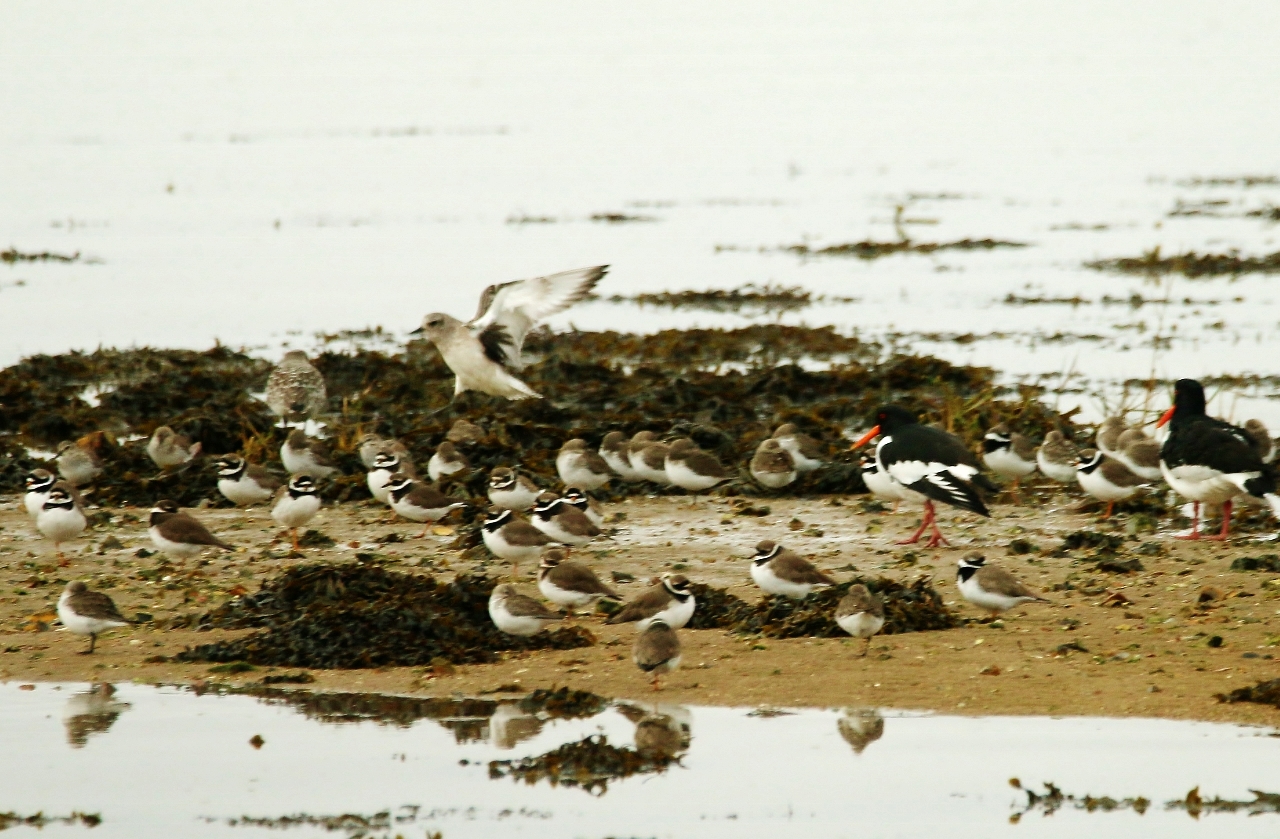
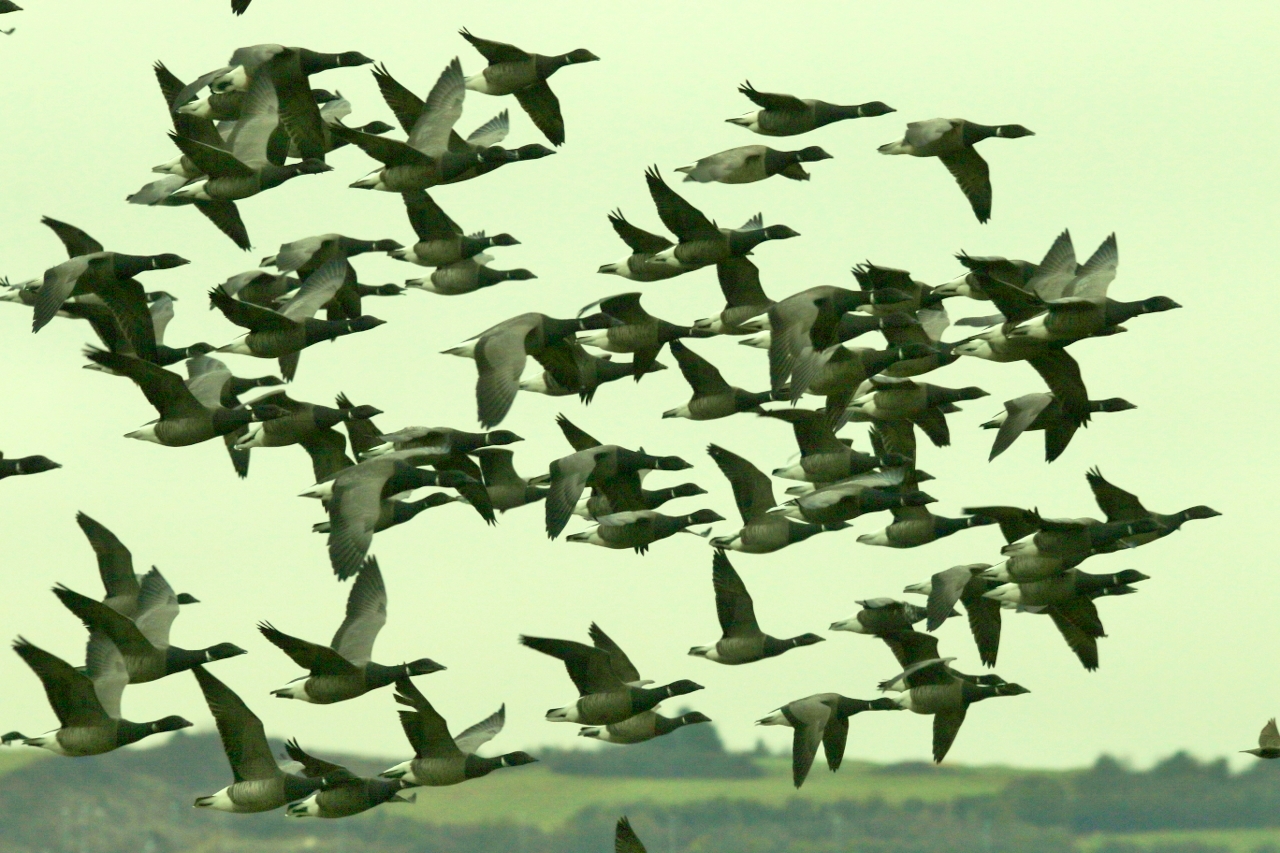
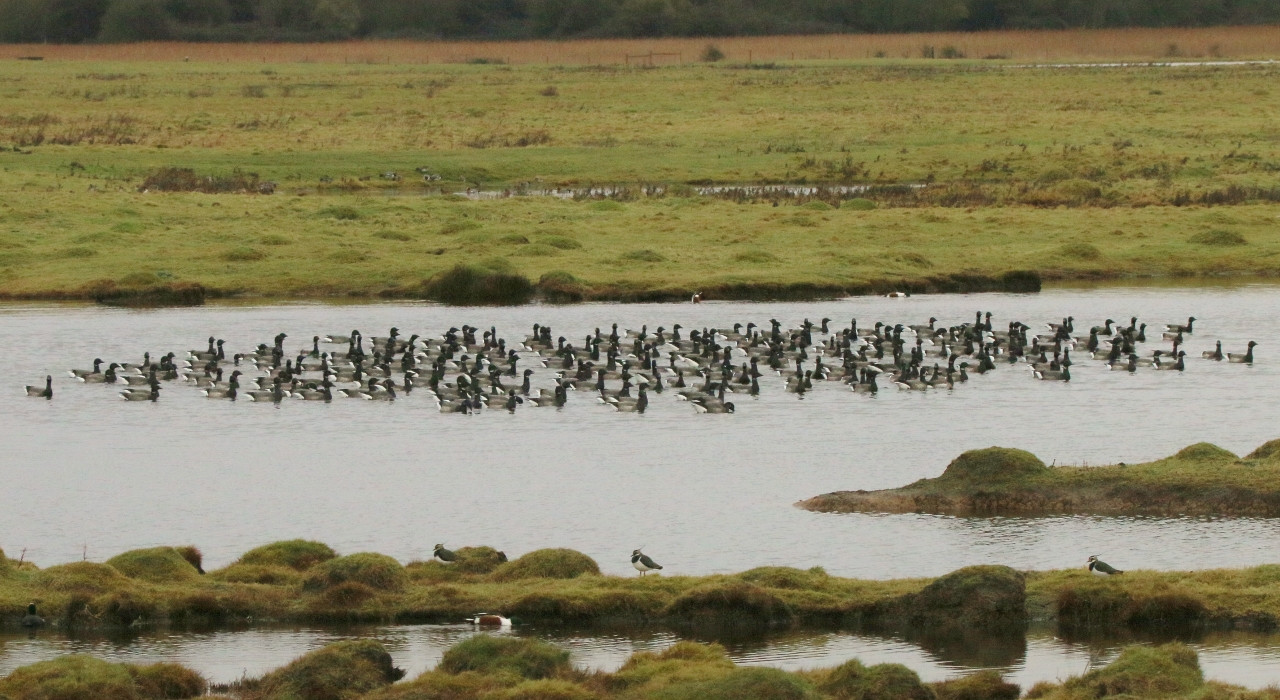
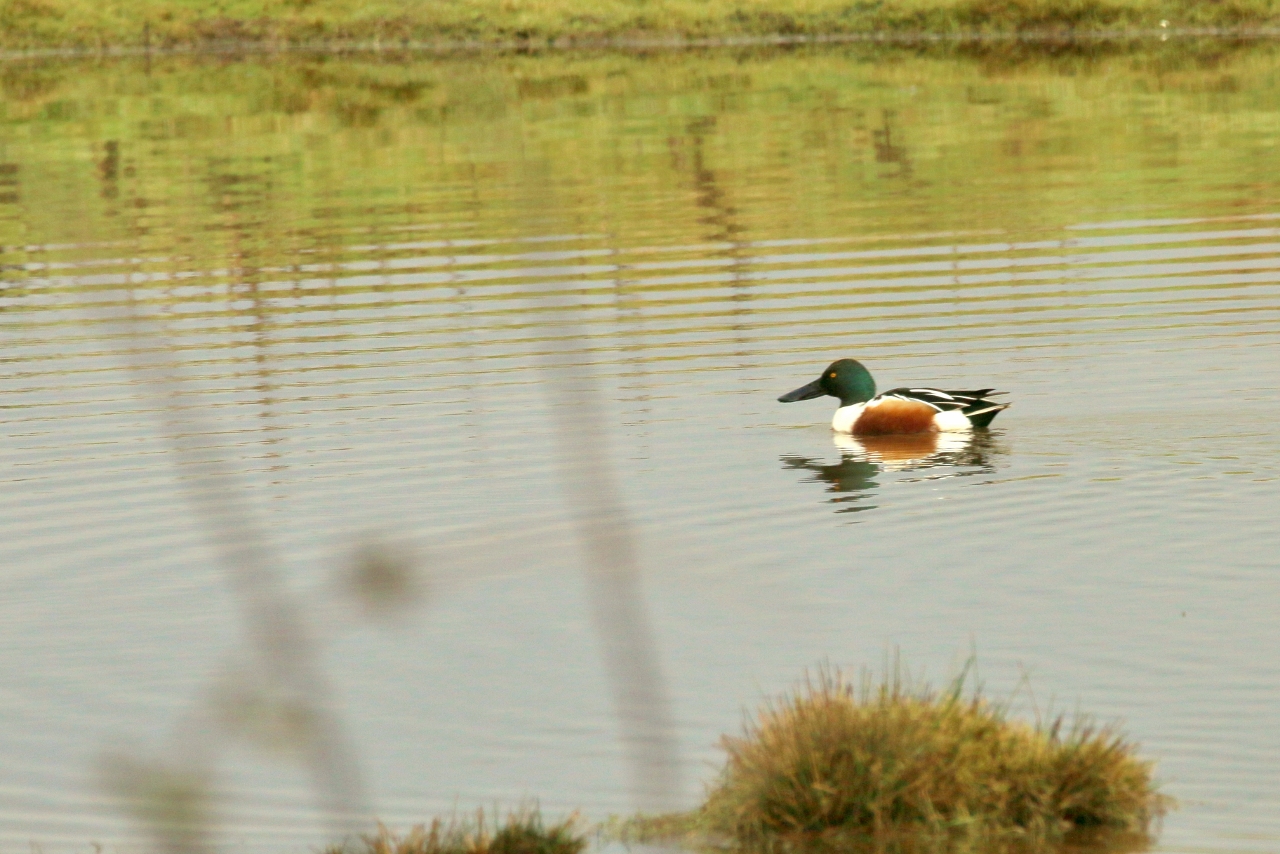
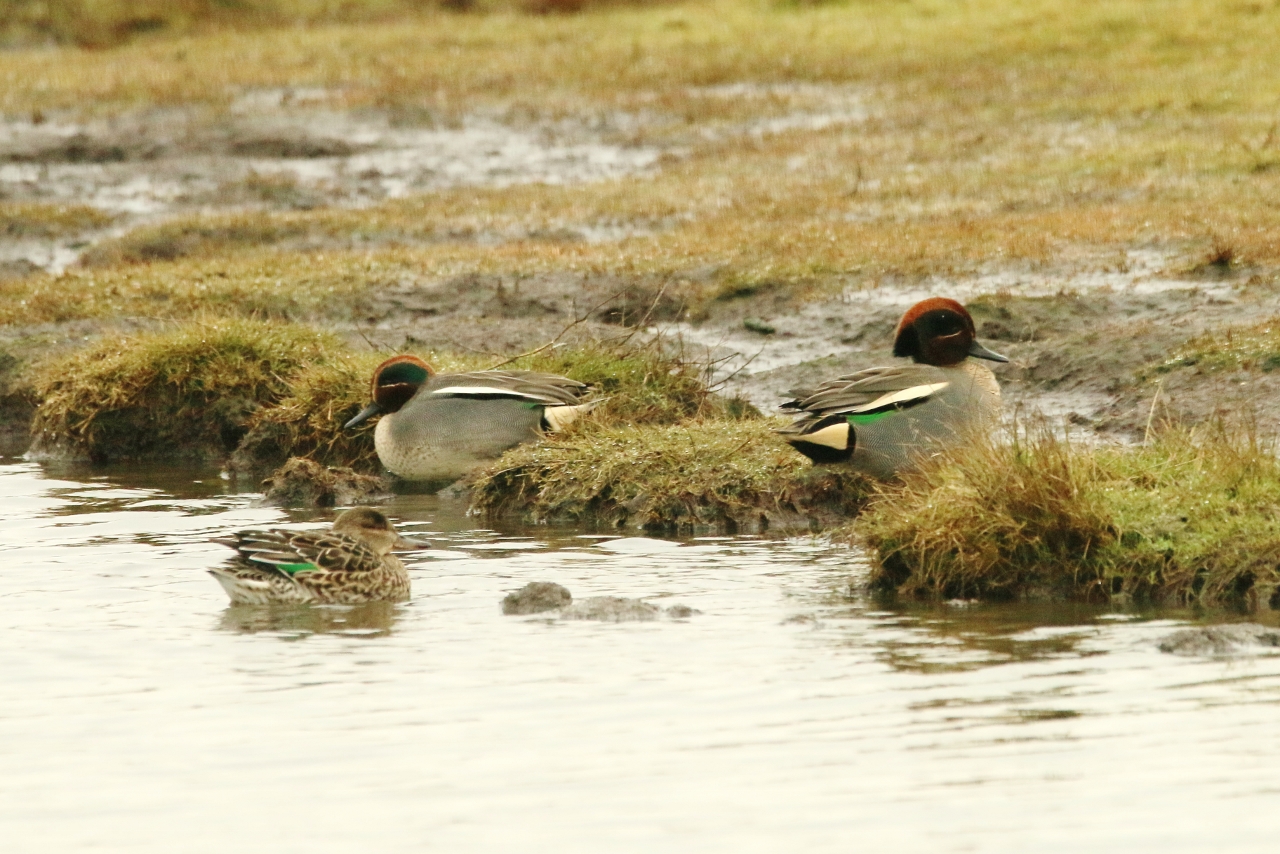
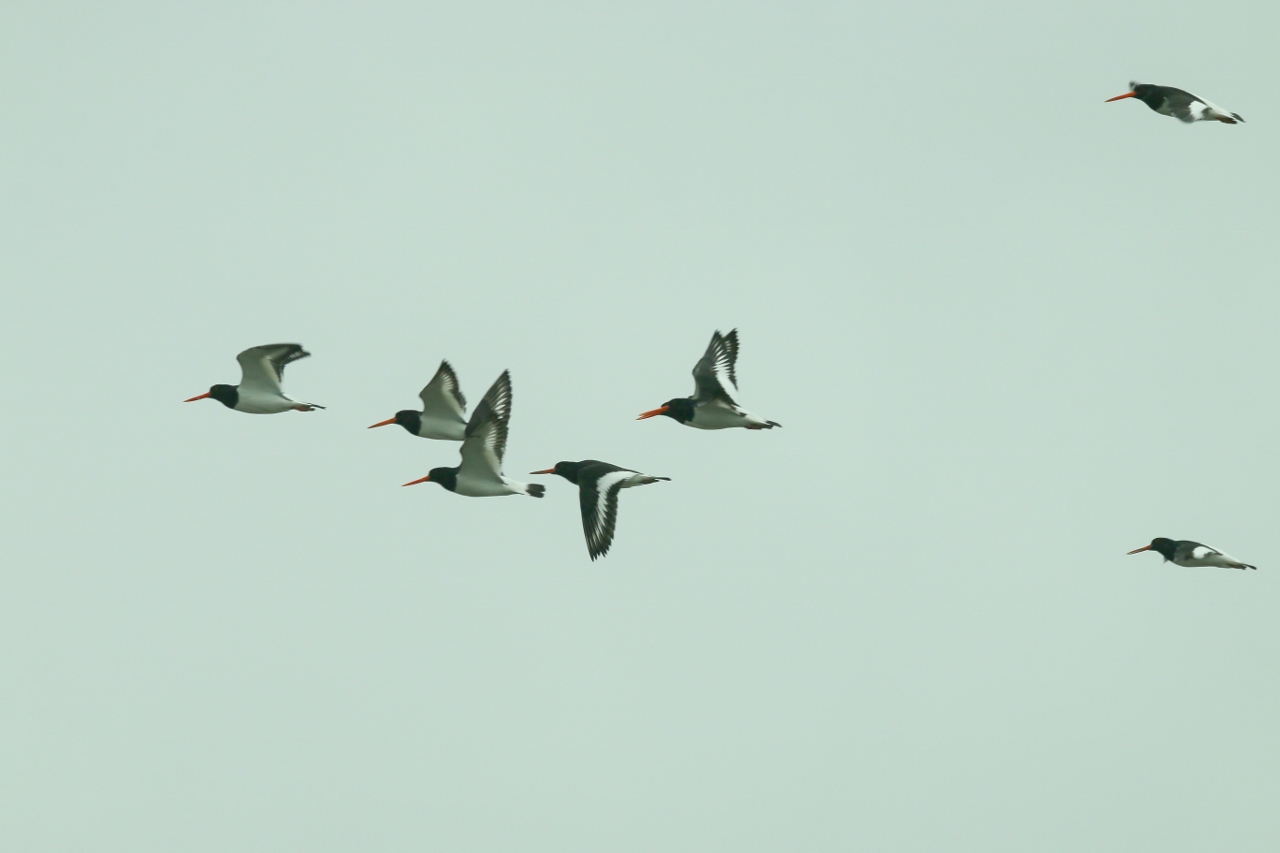
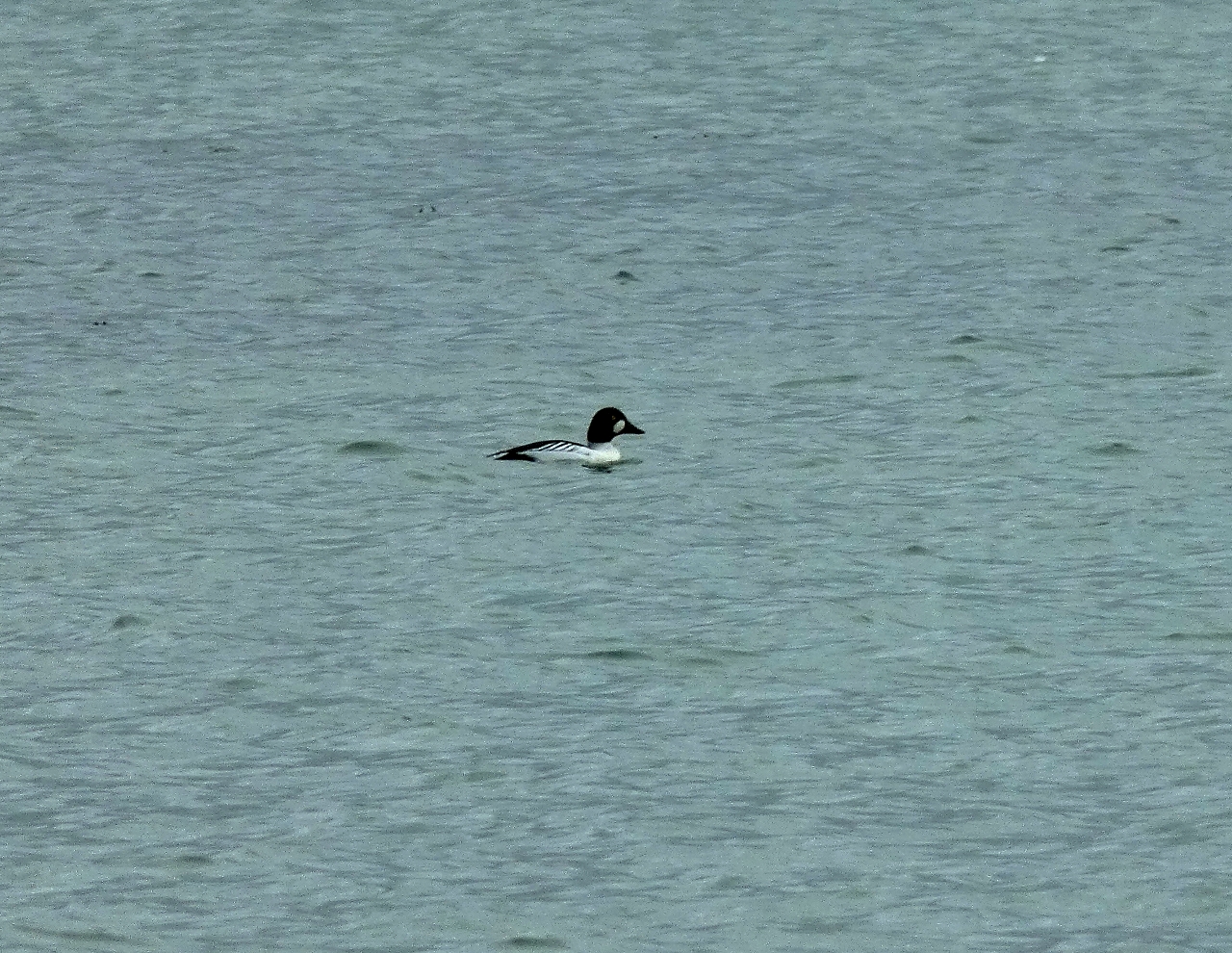

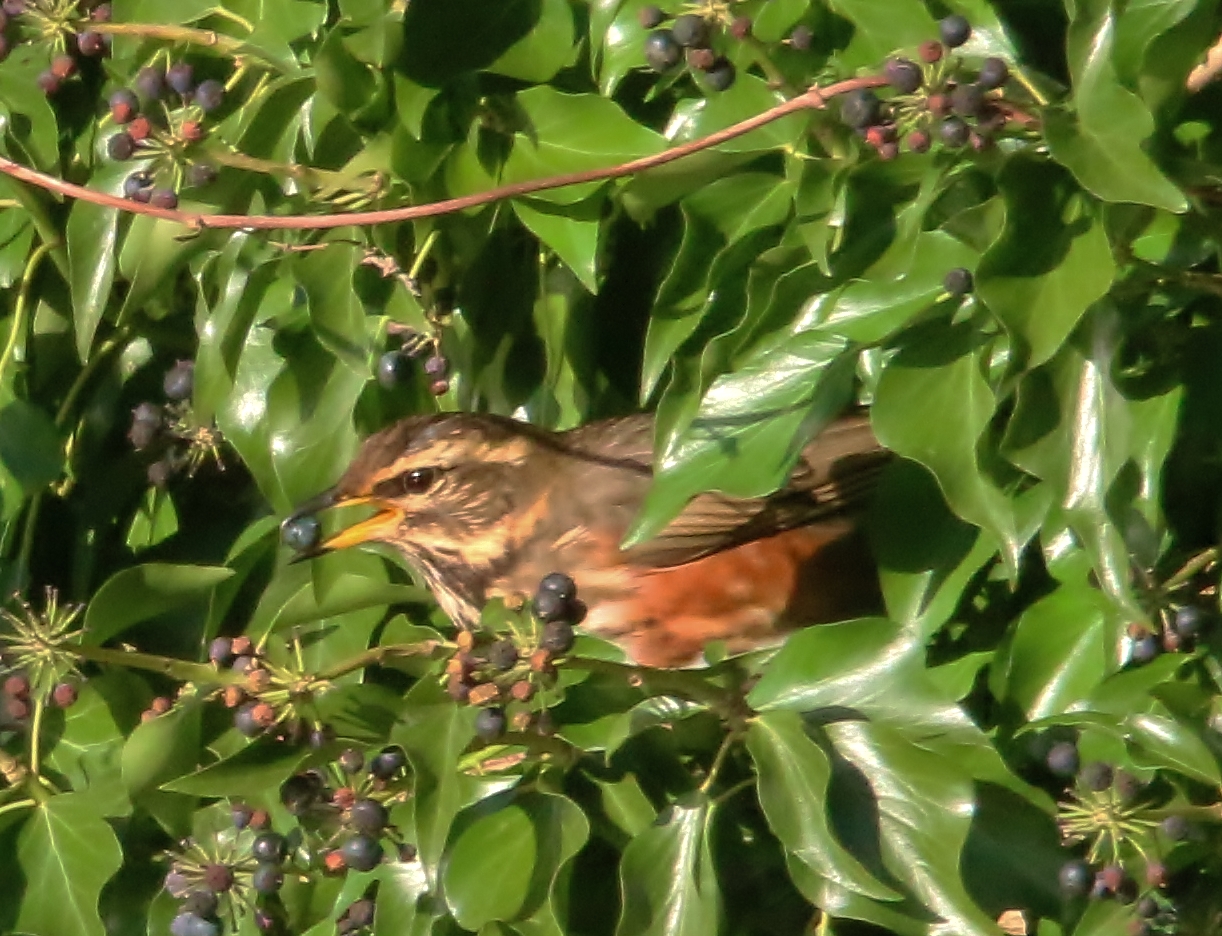
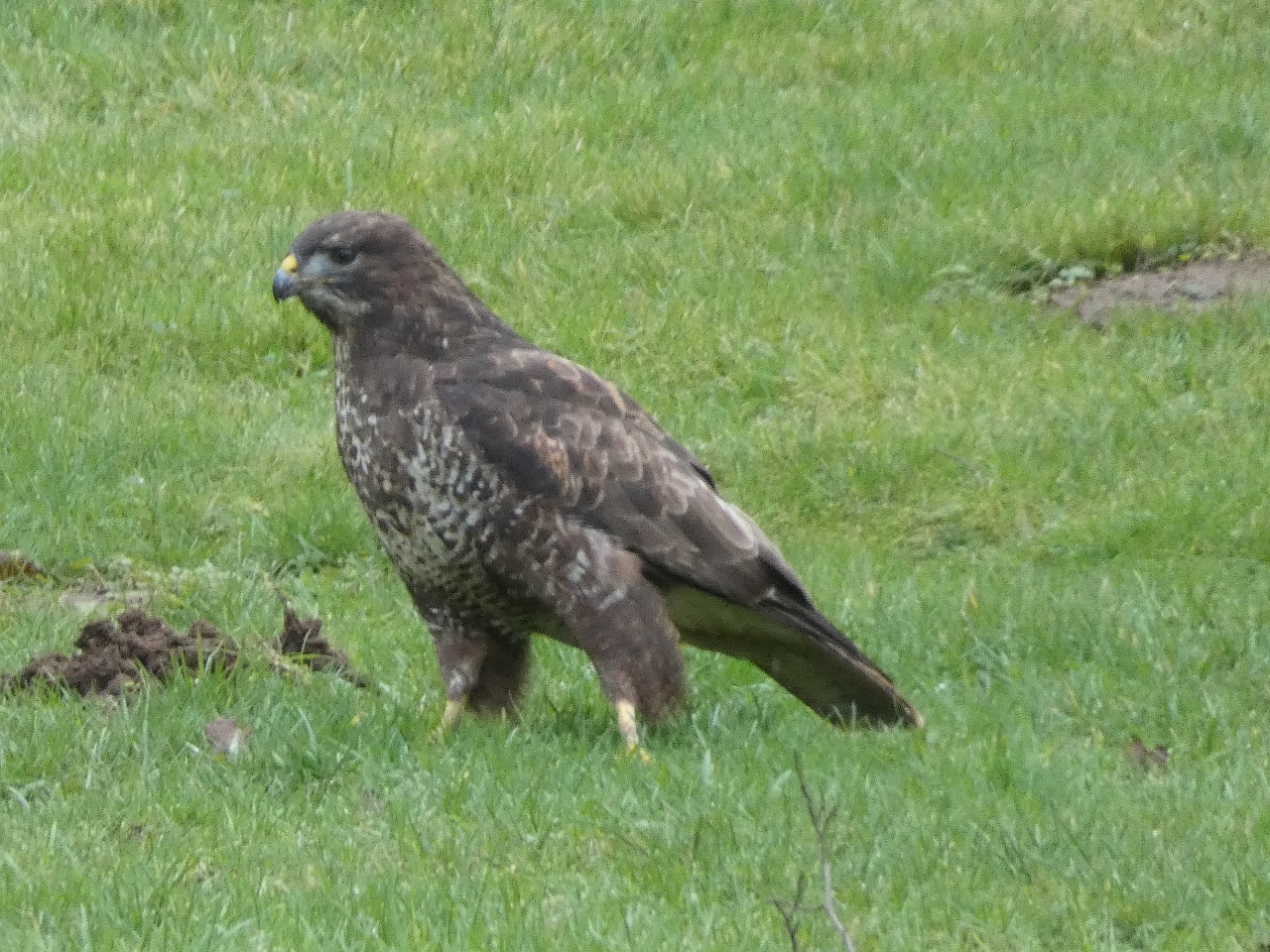

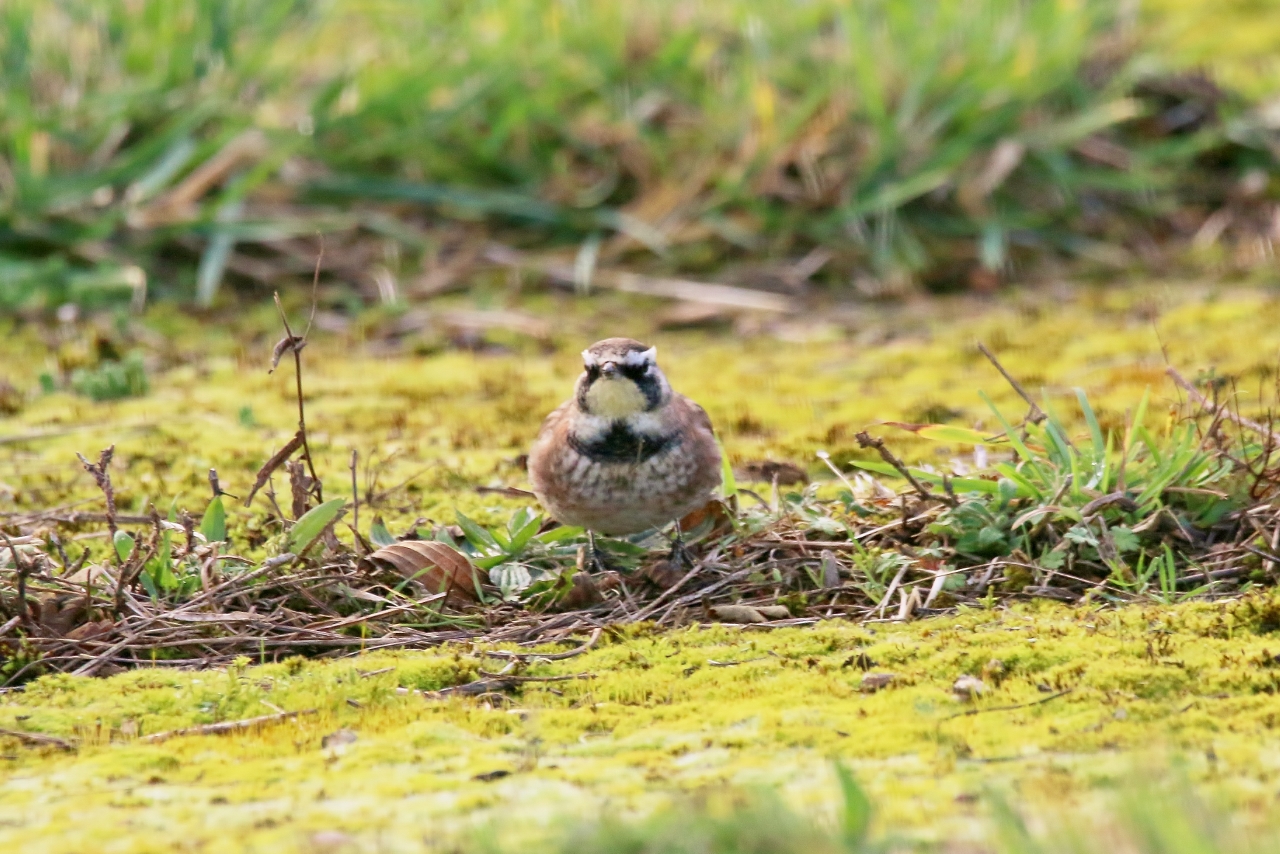



Recent Comments